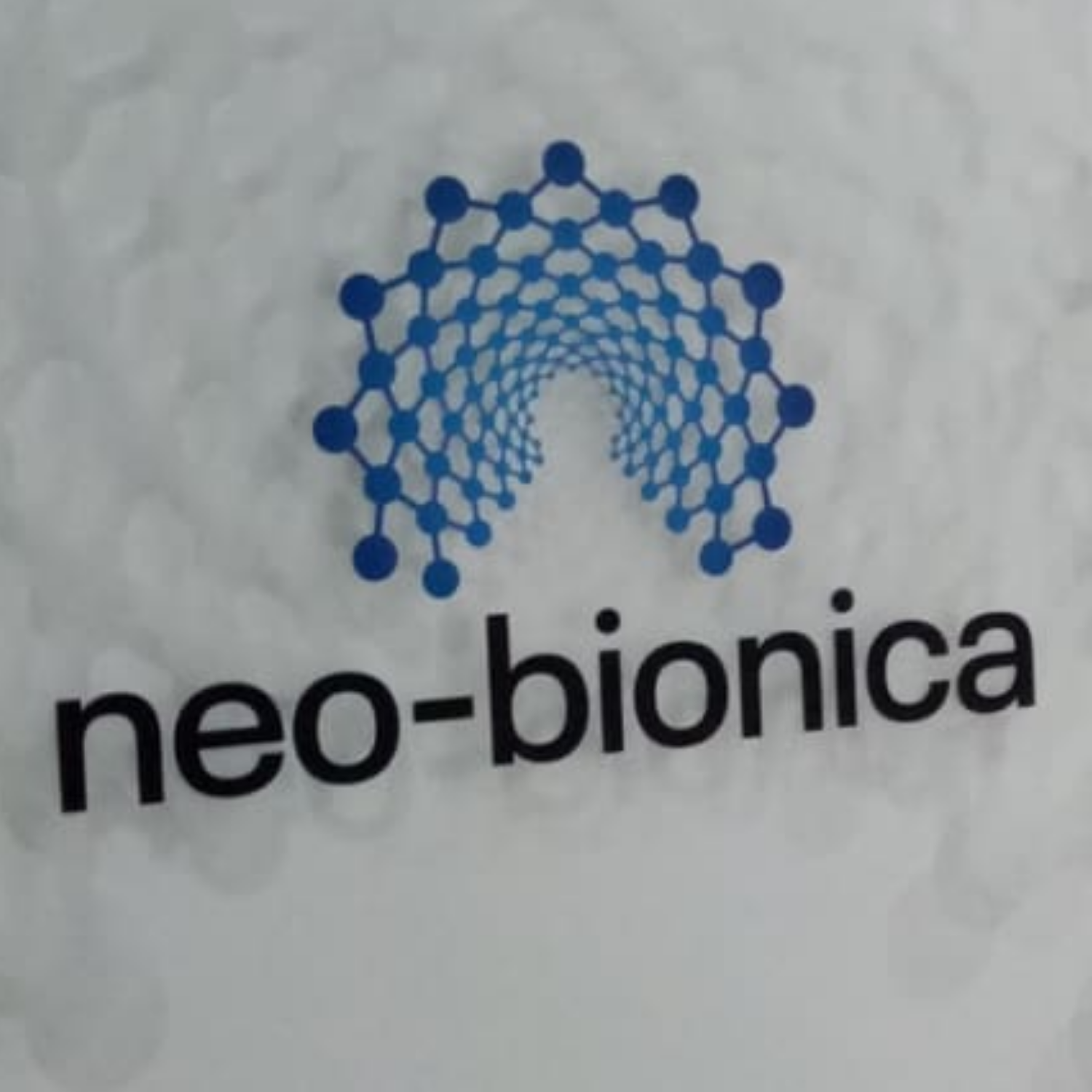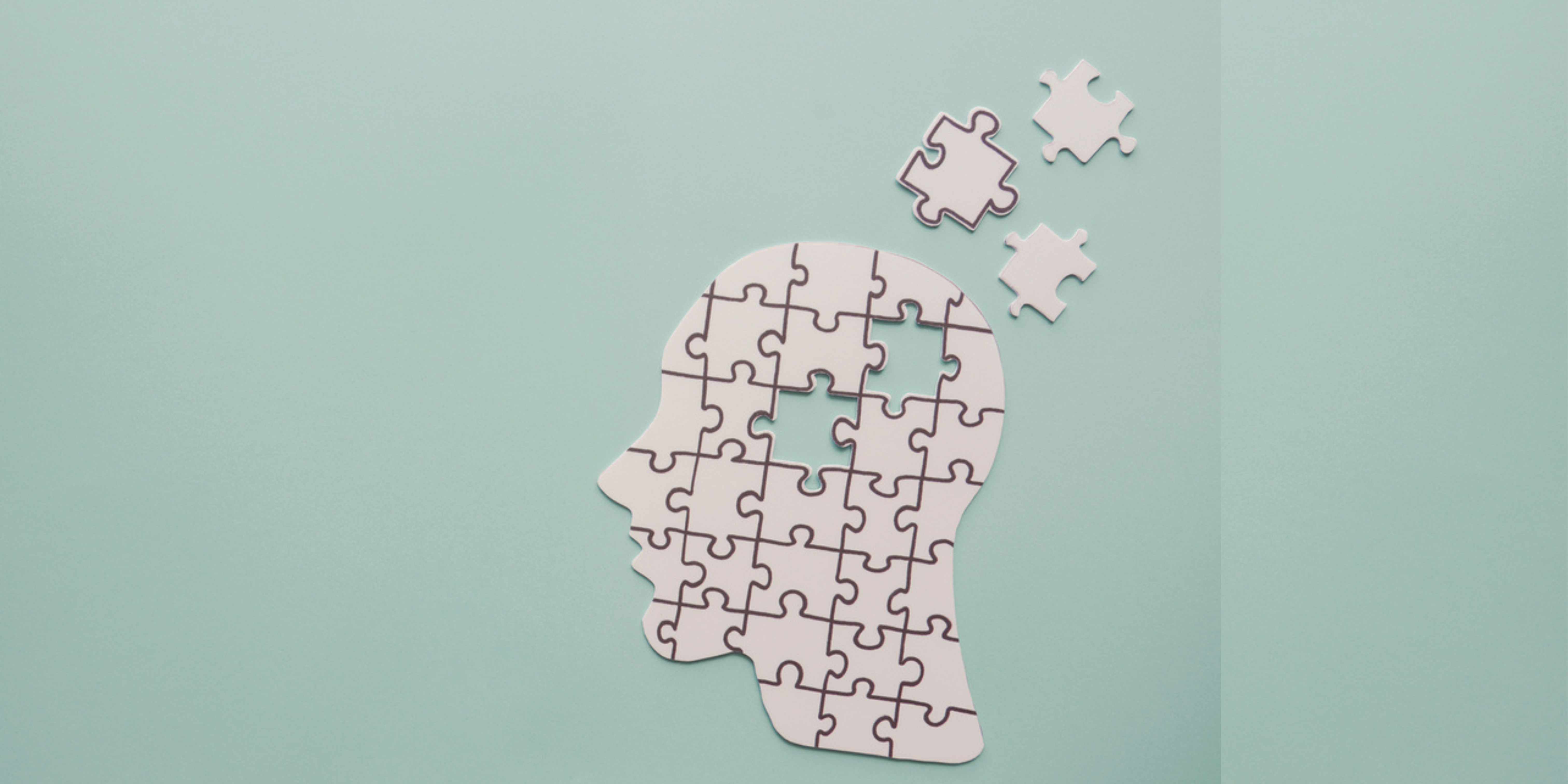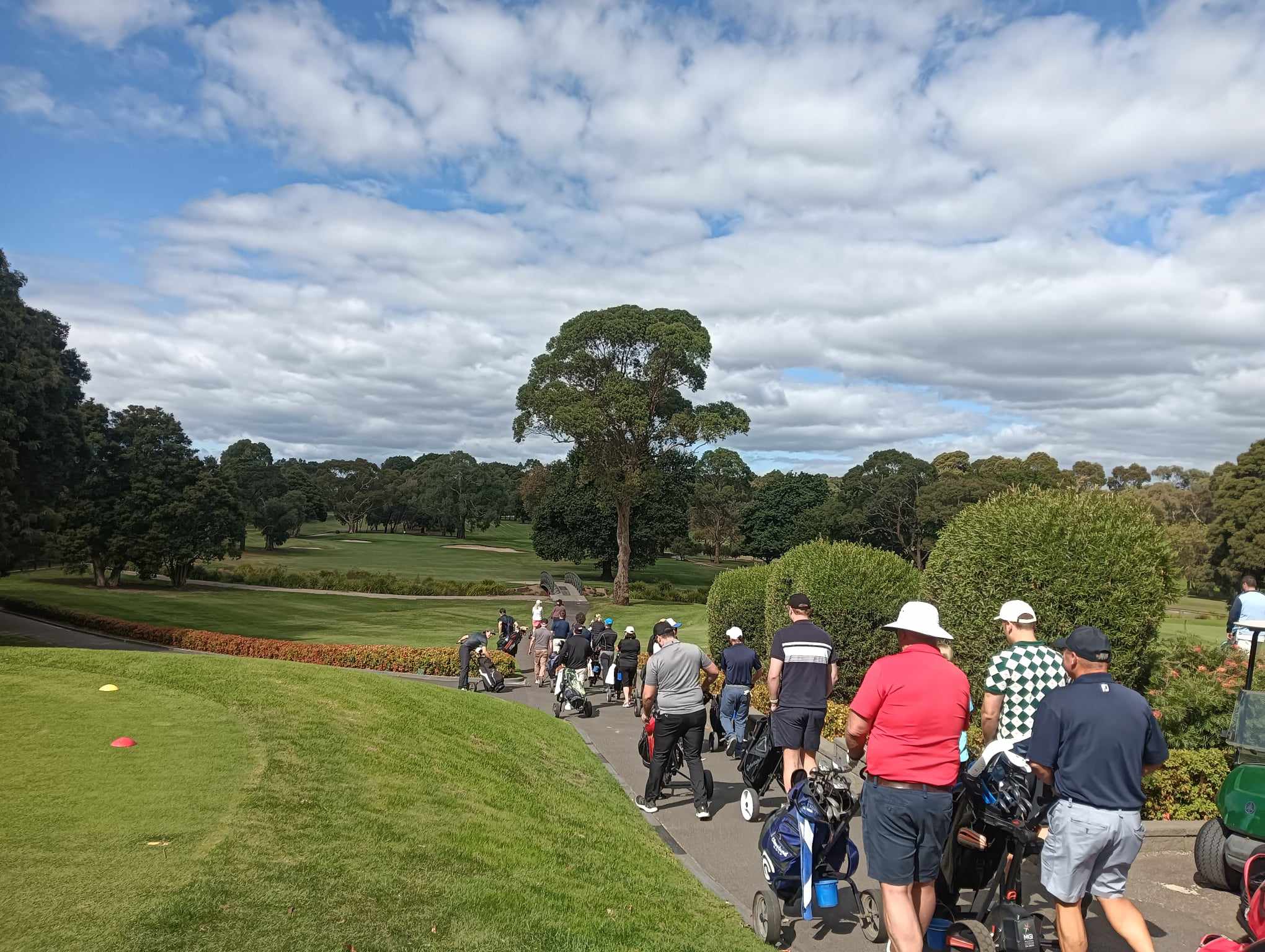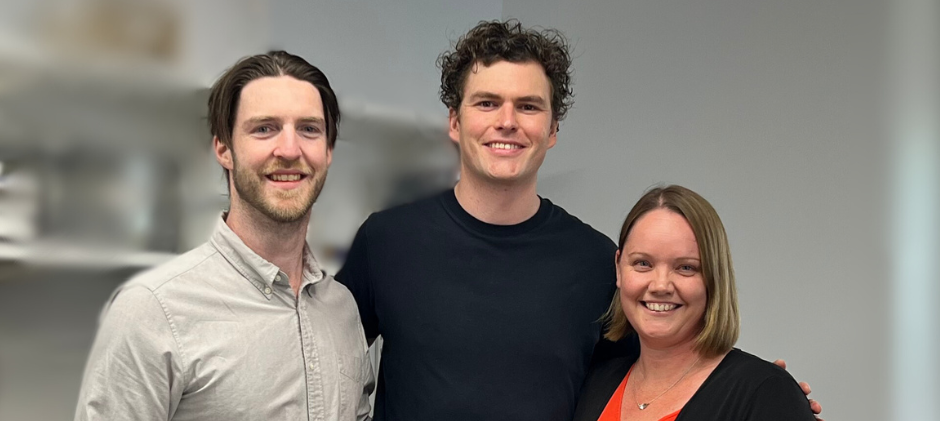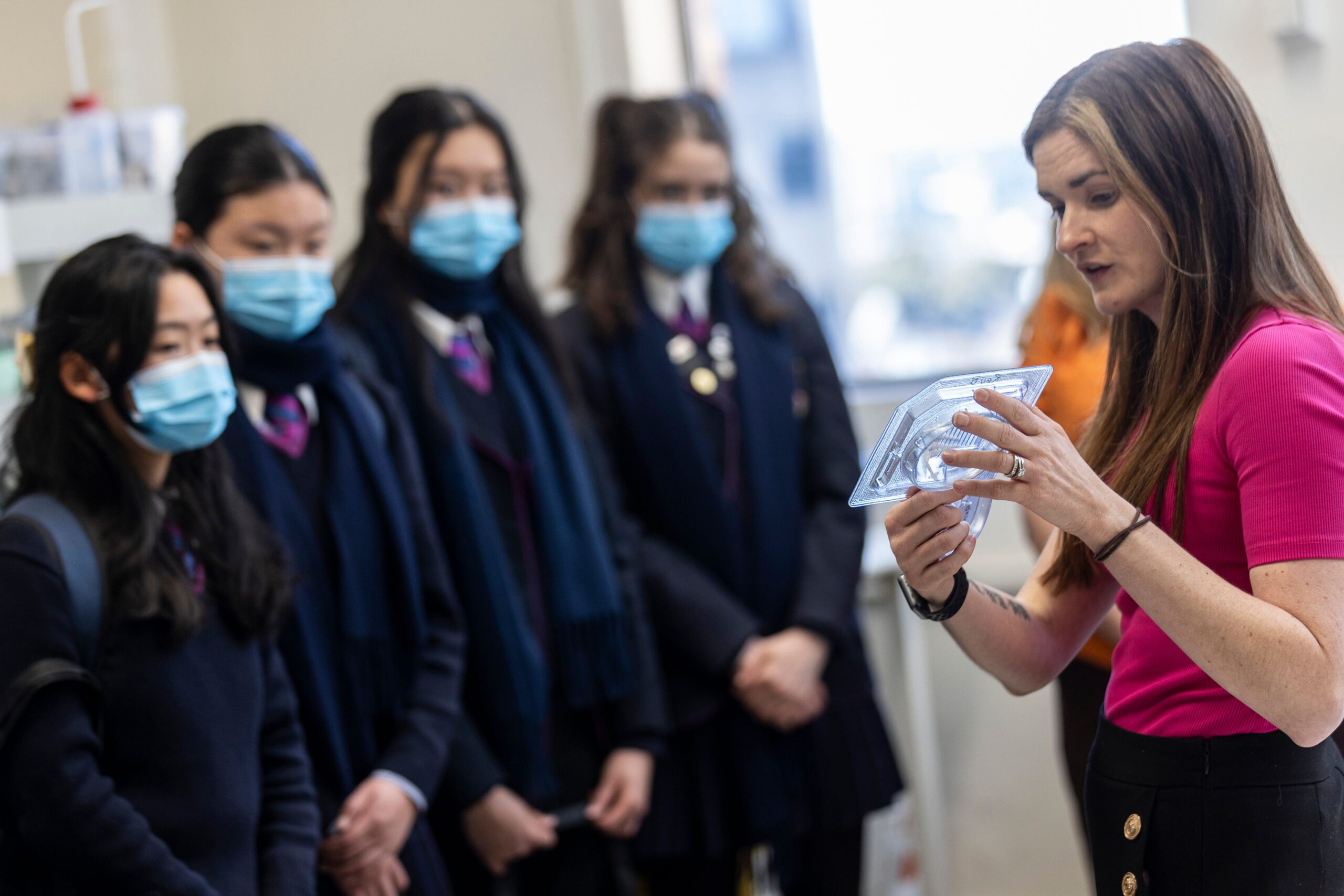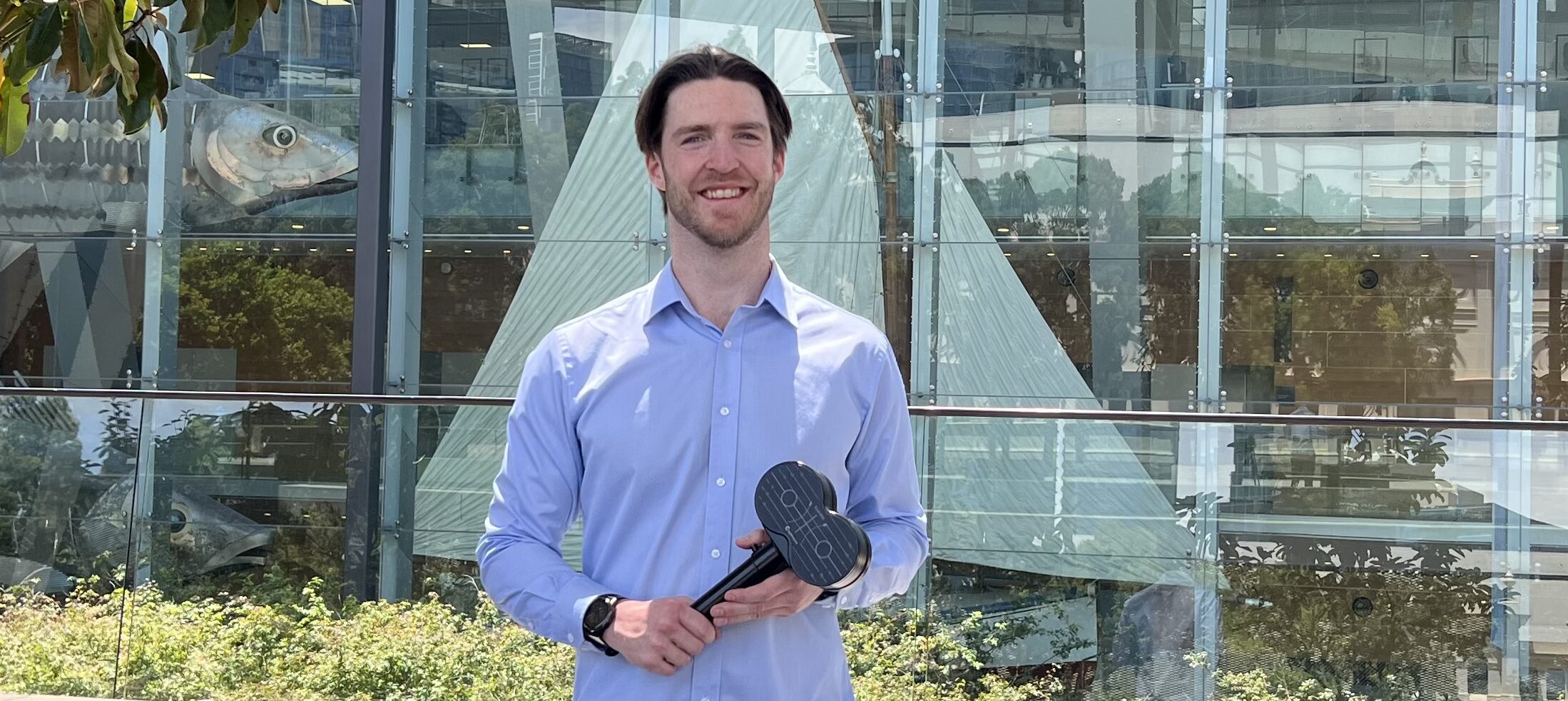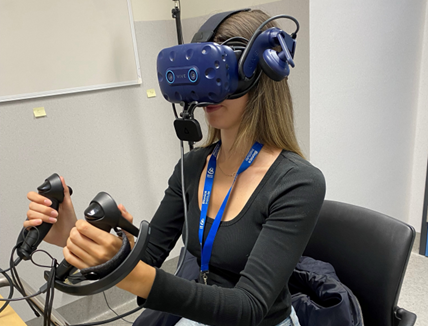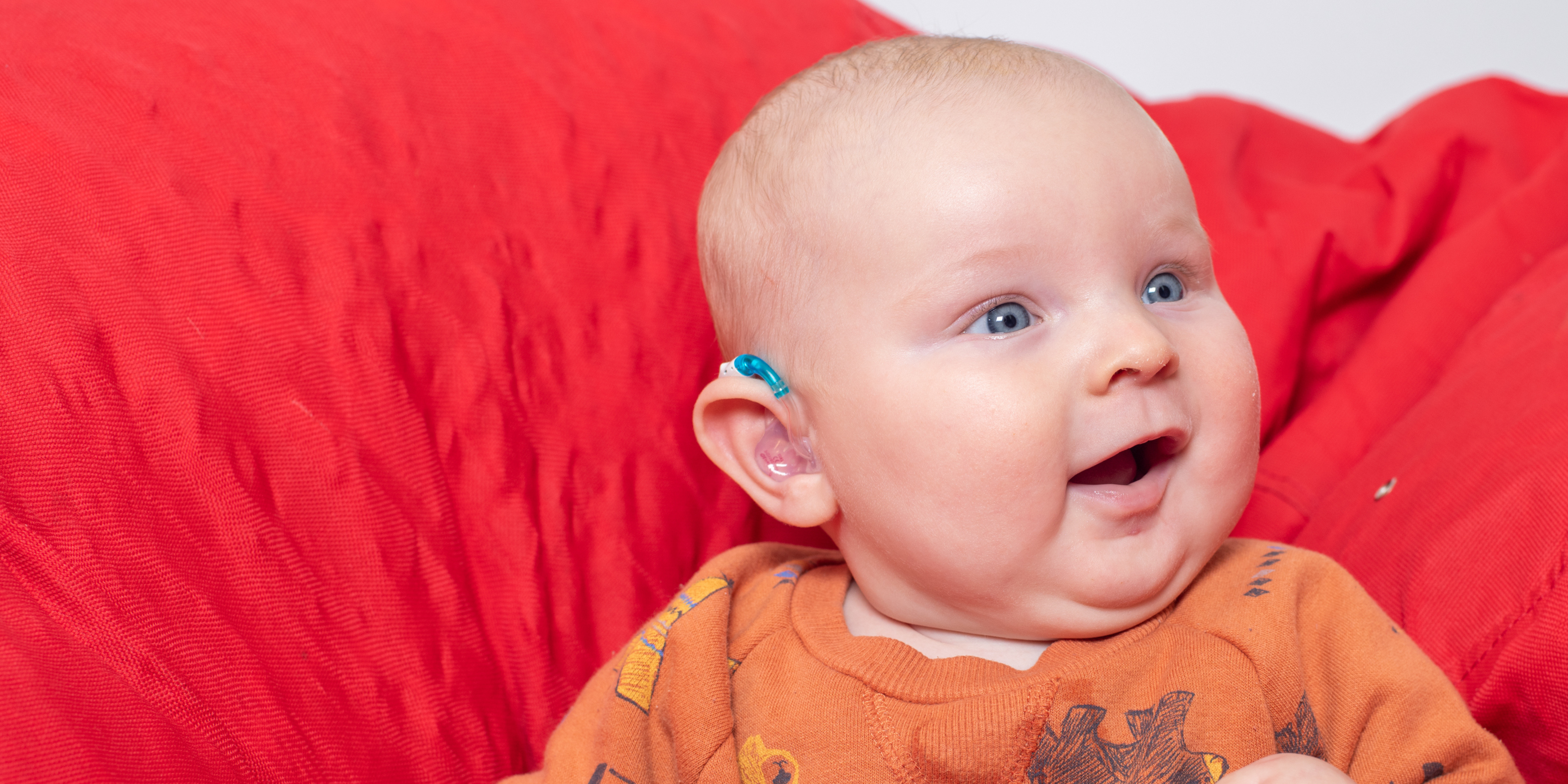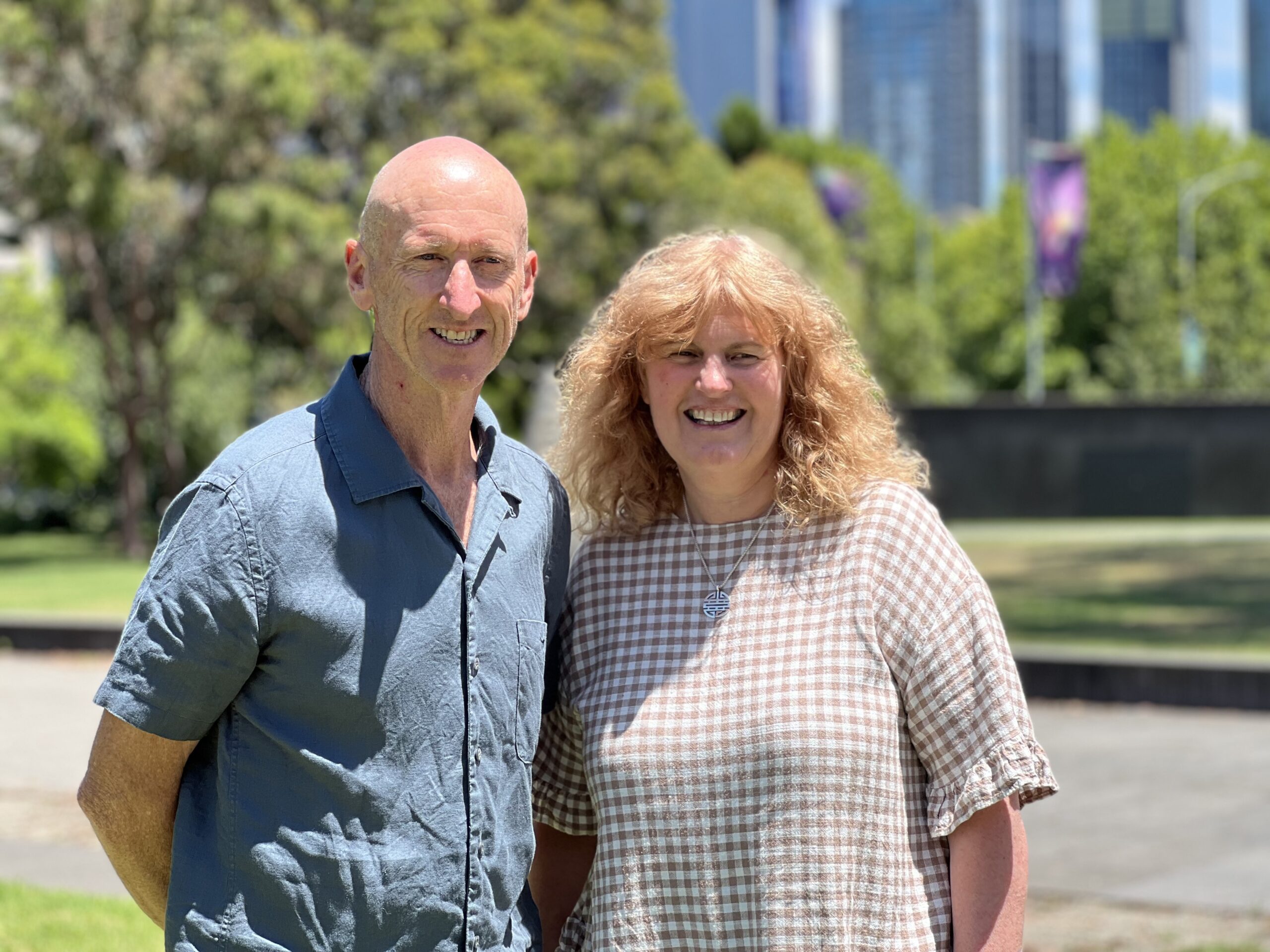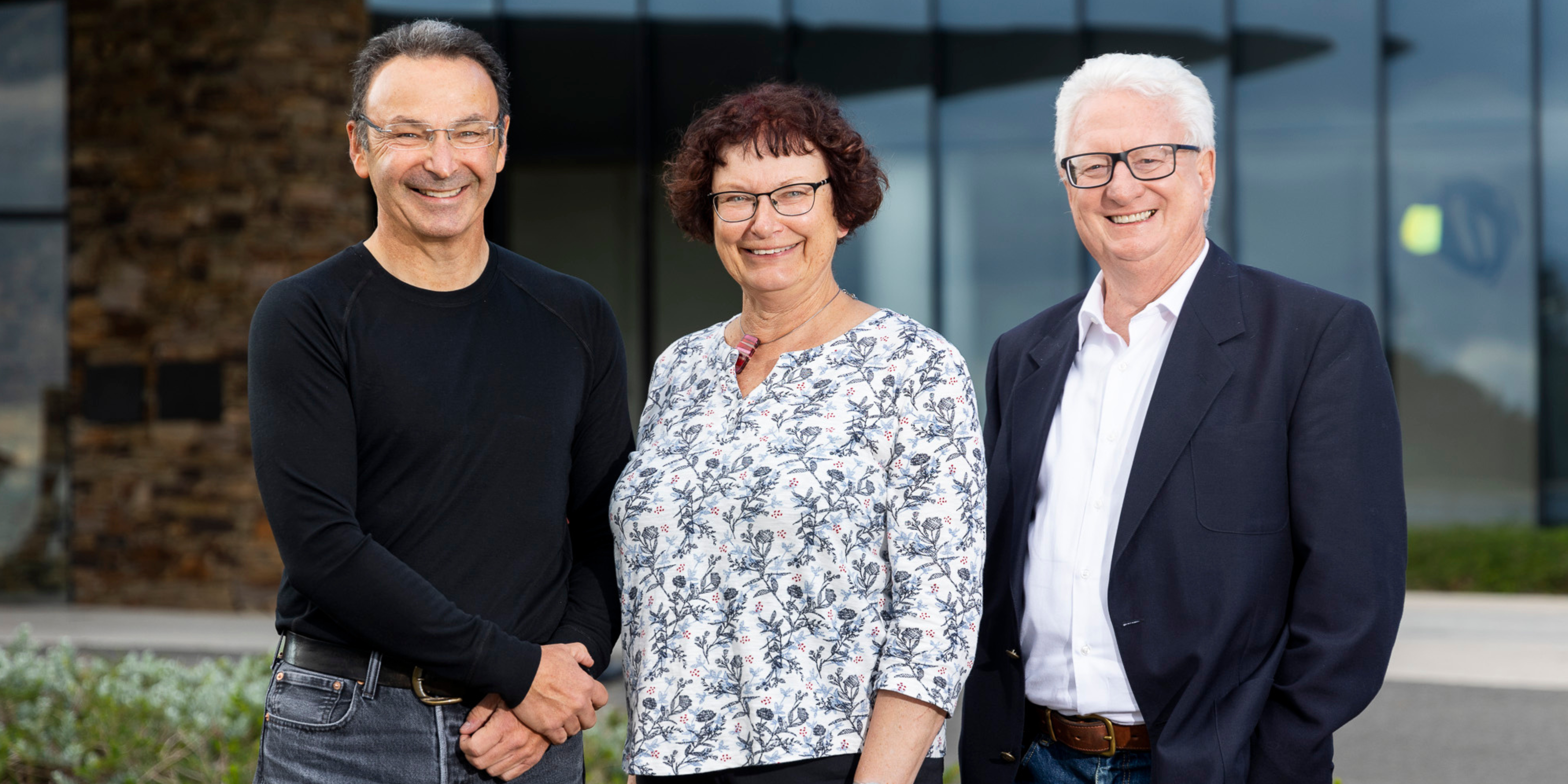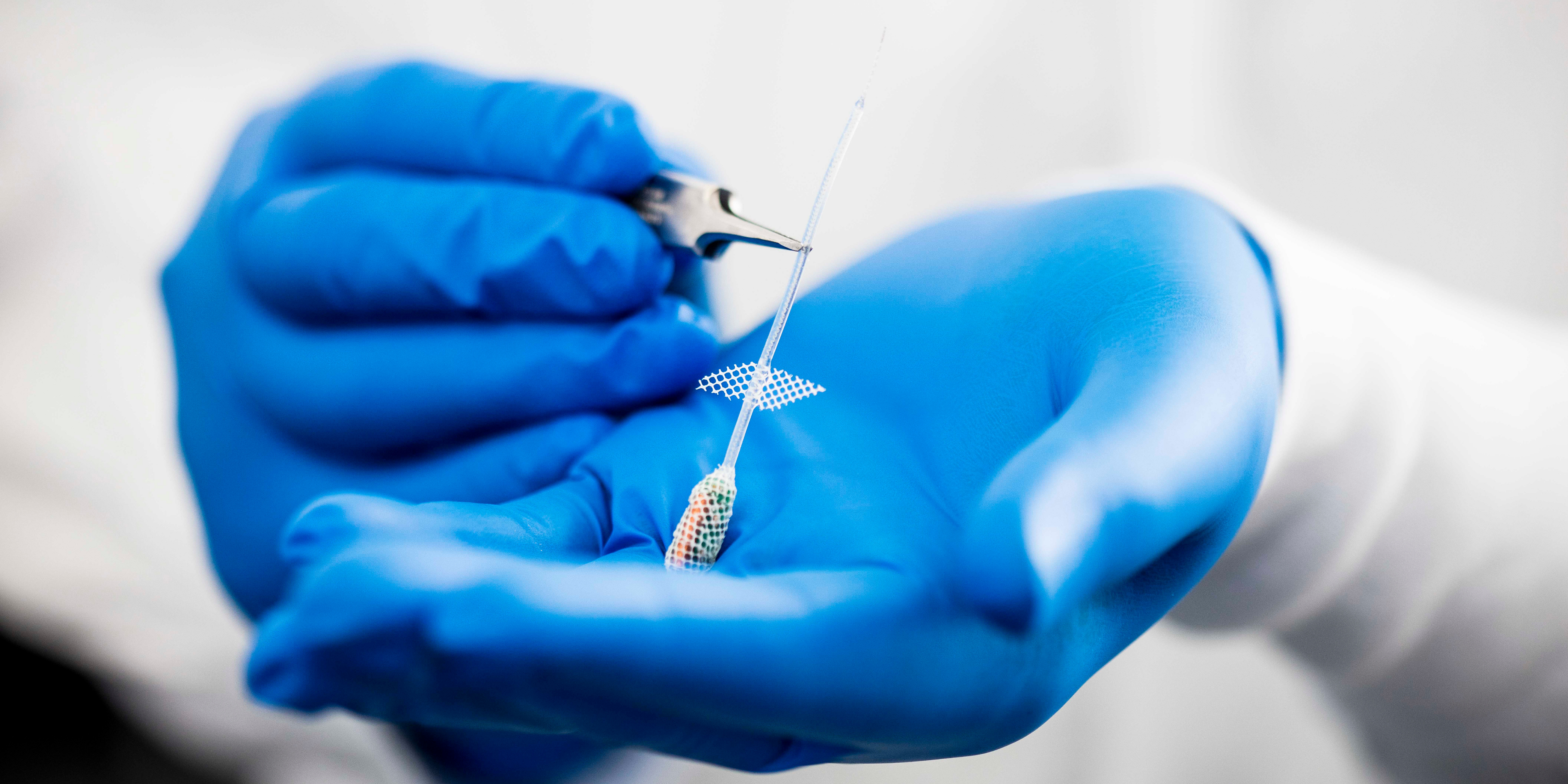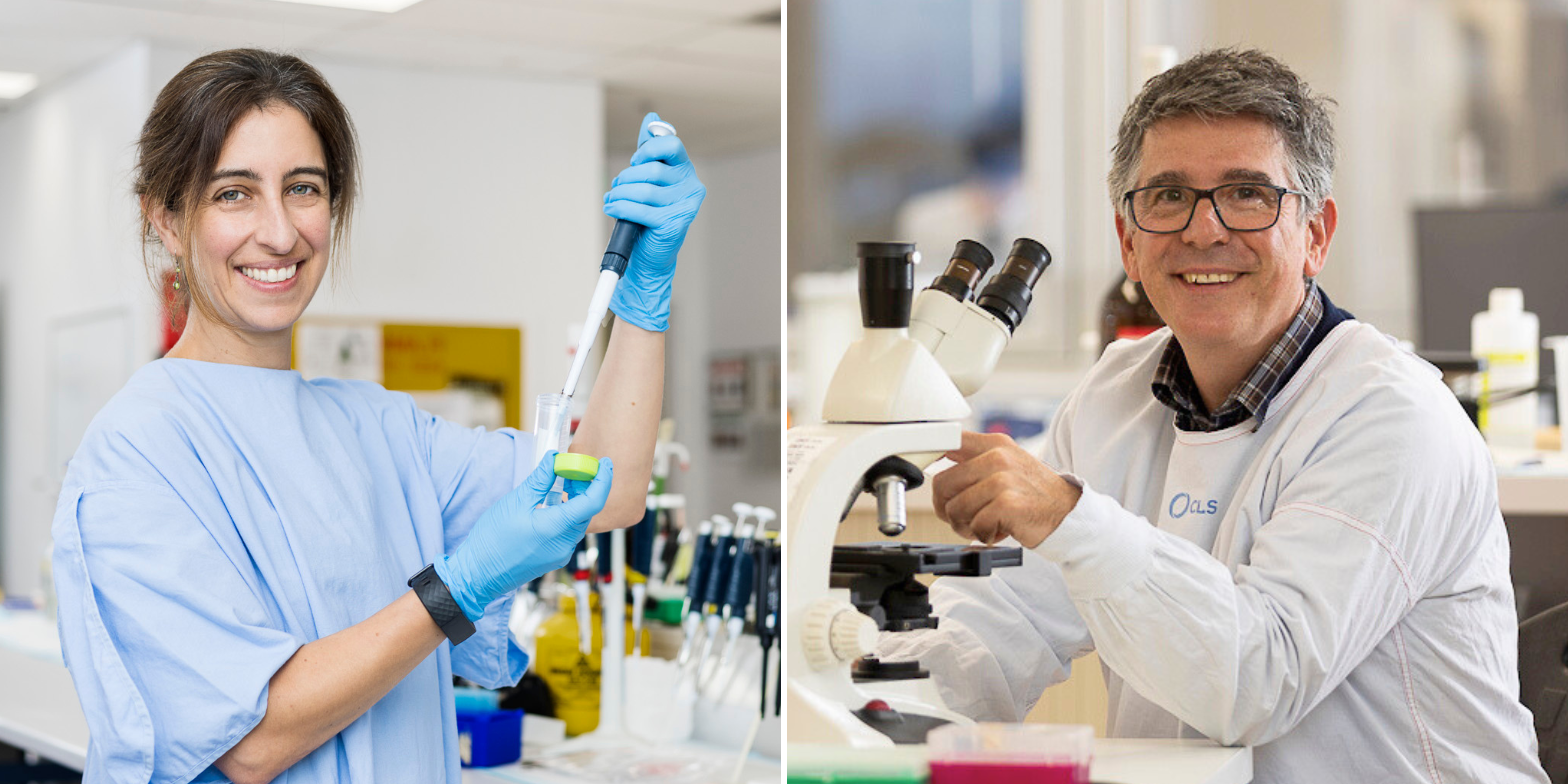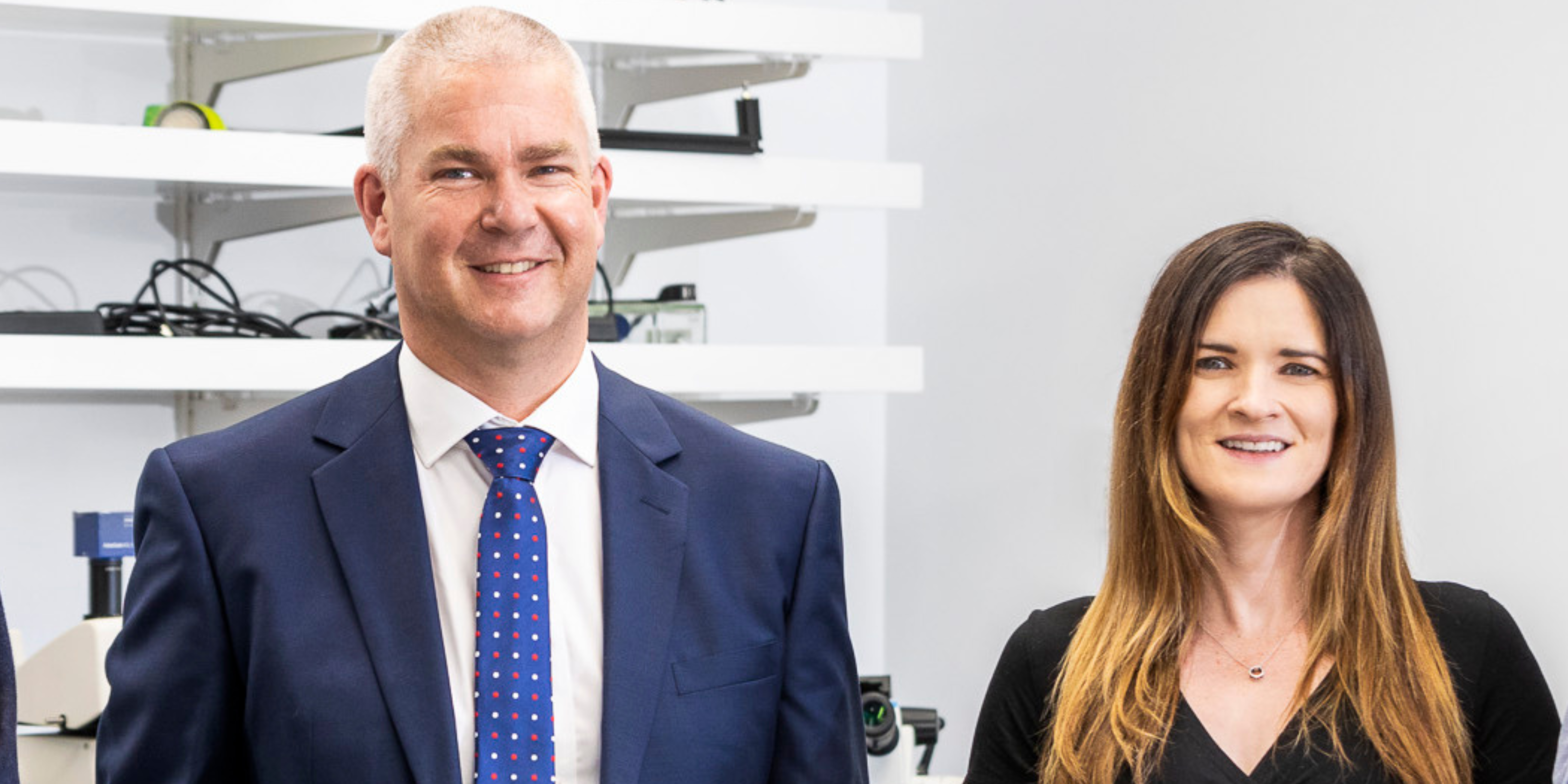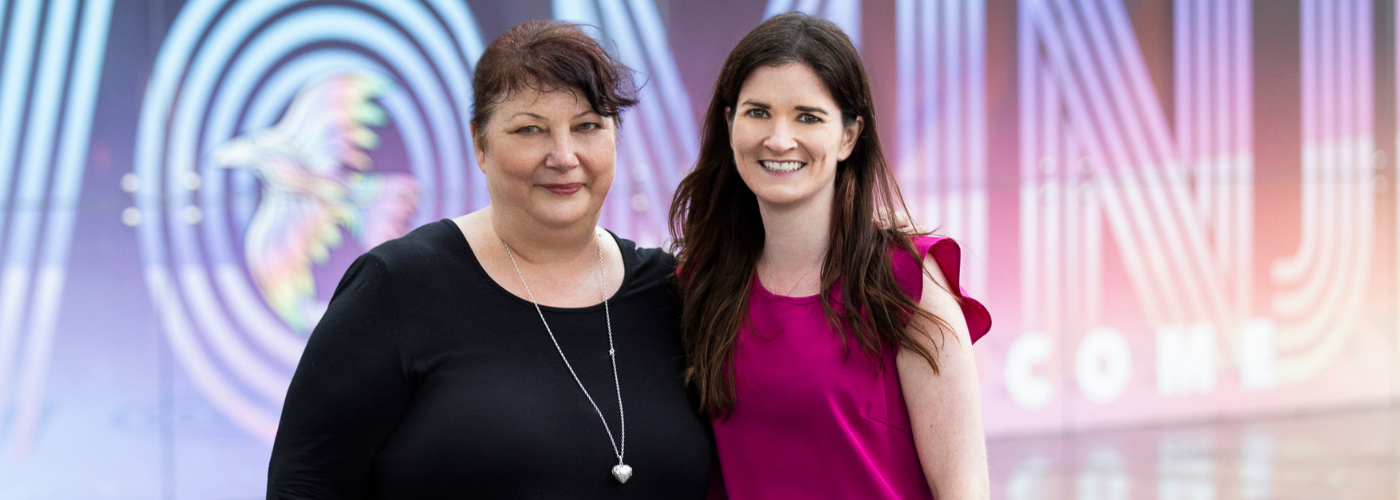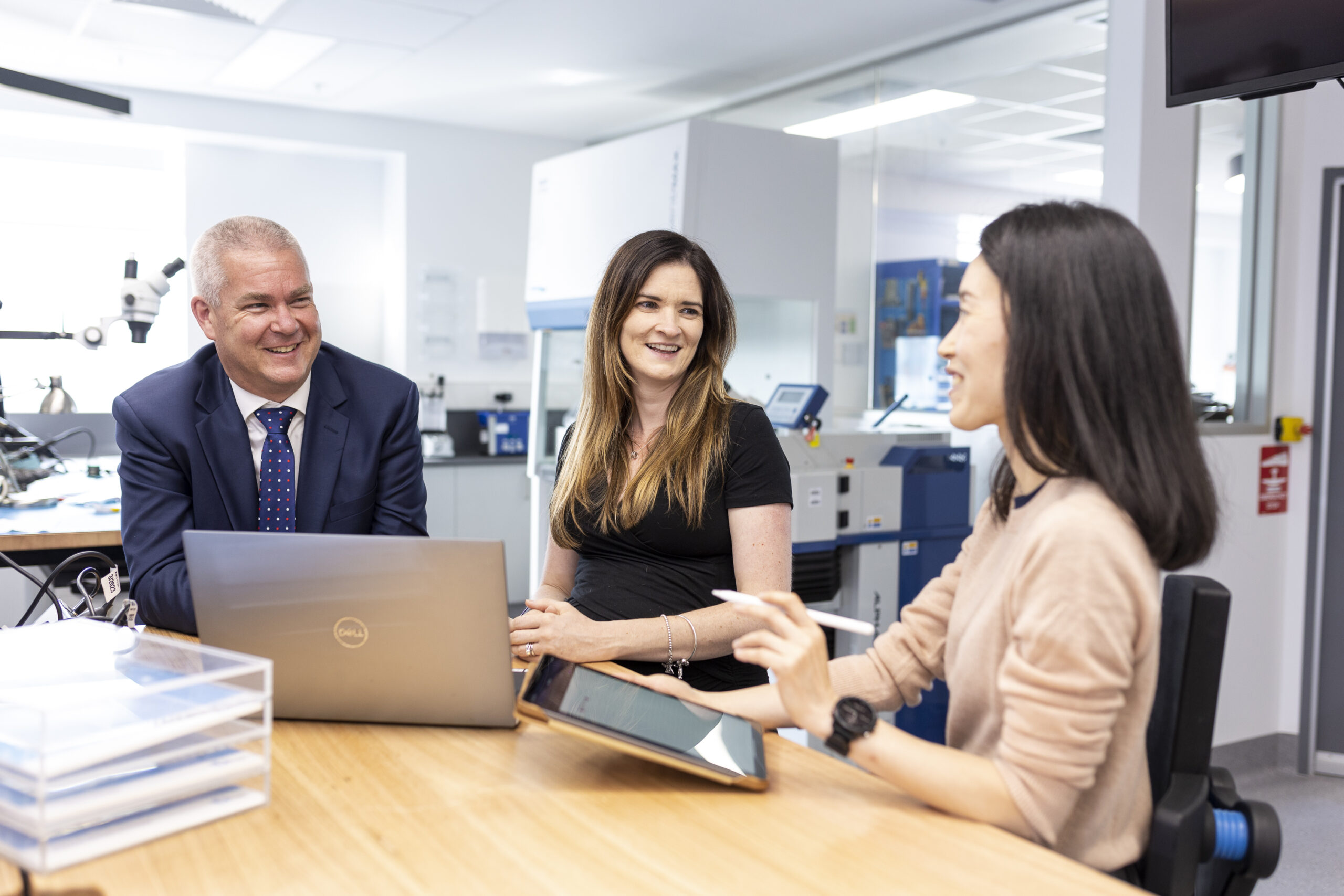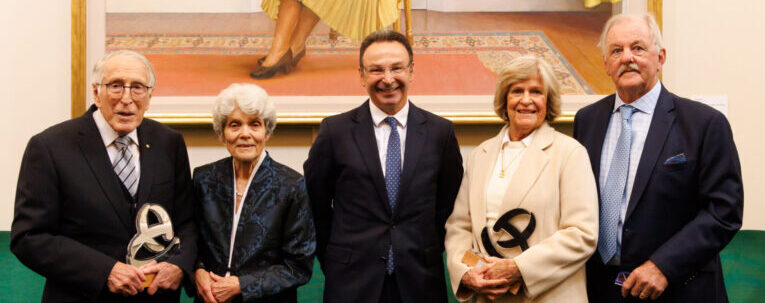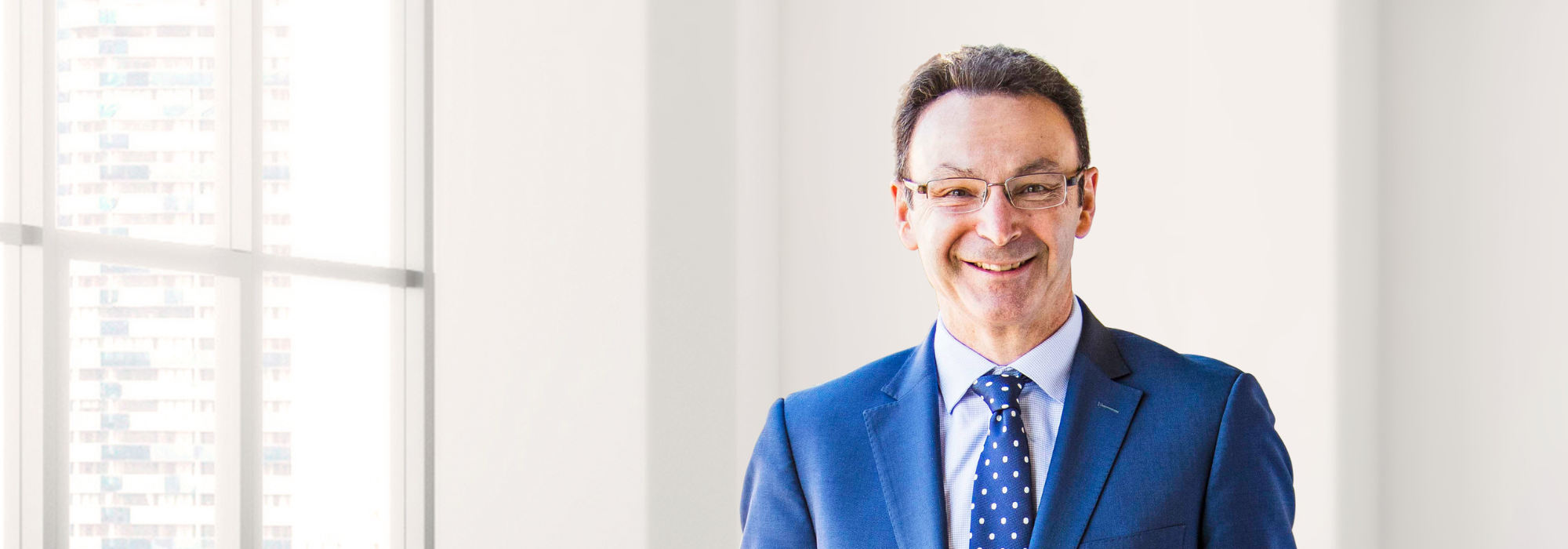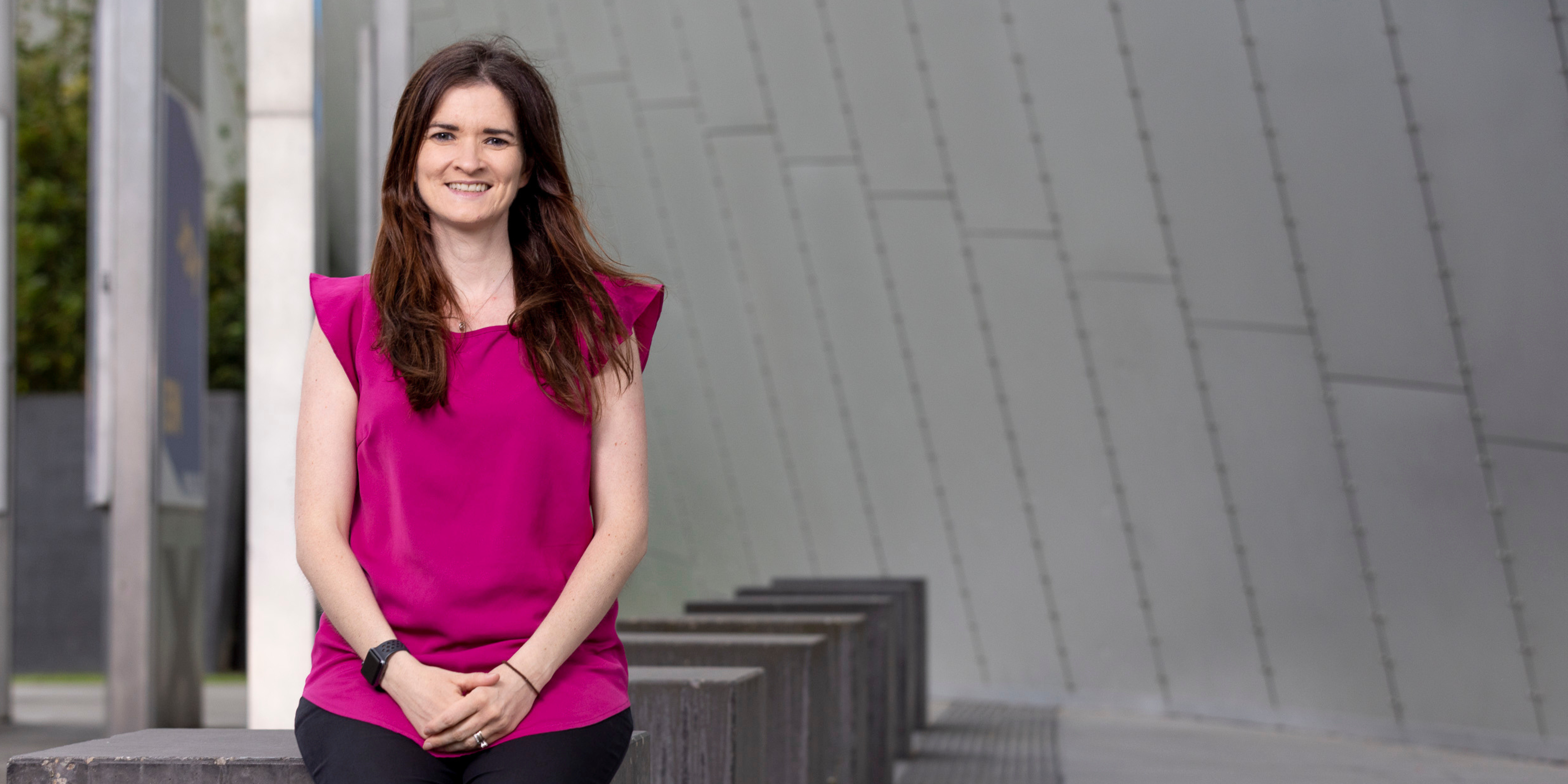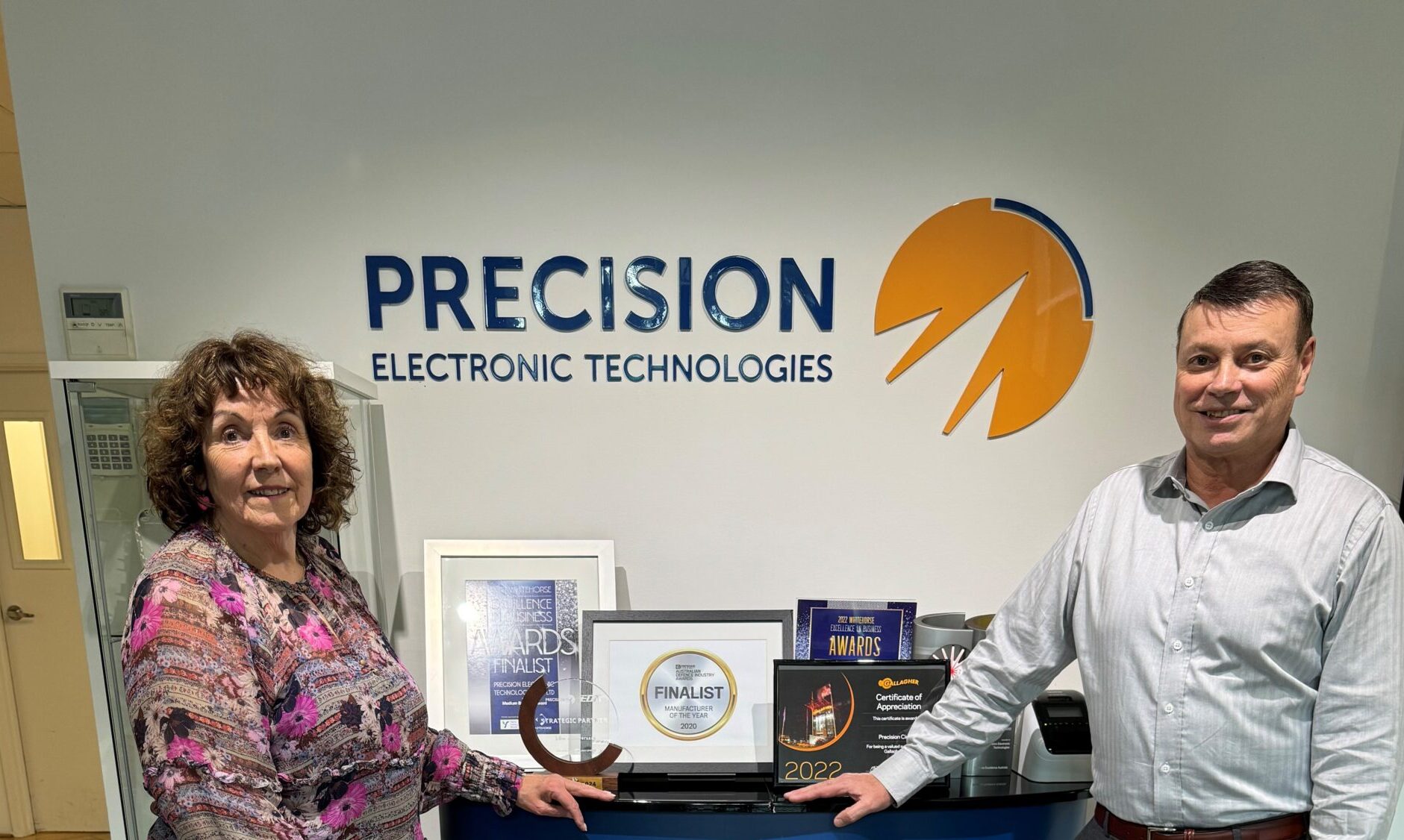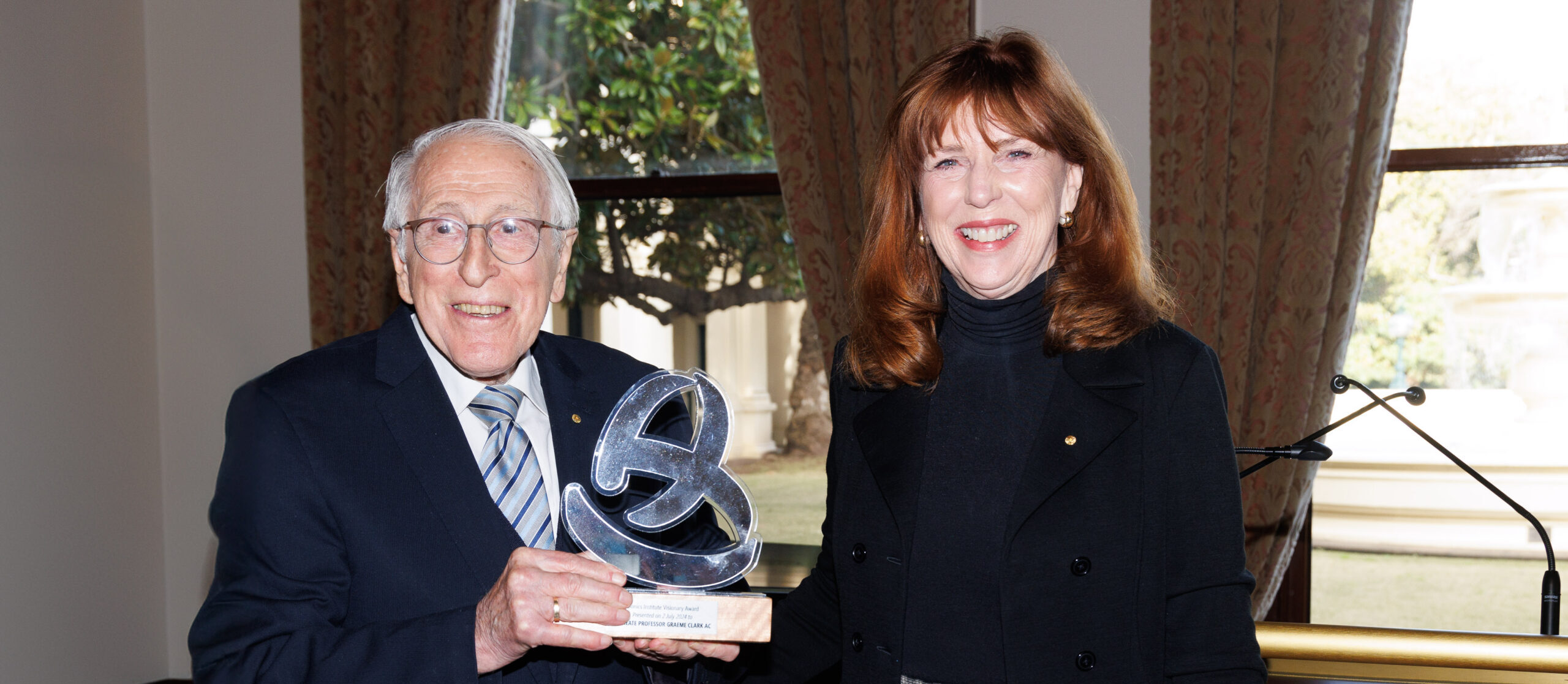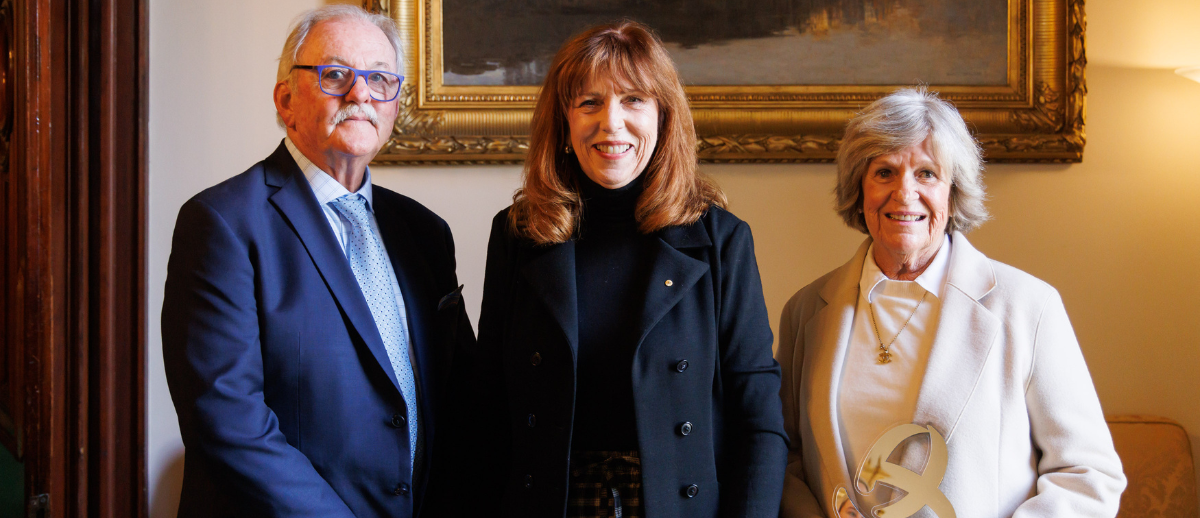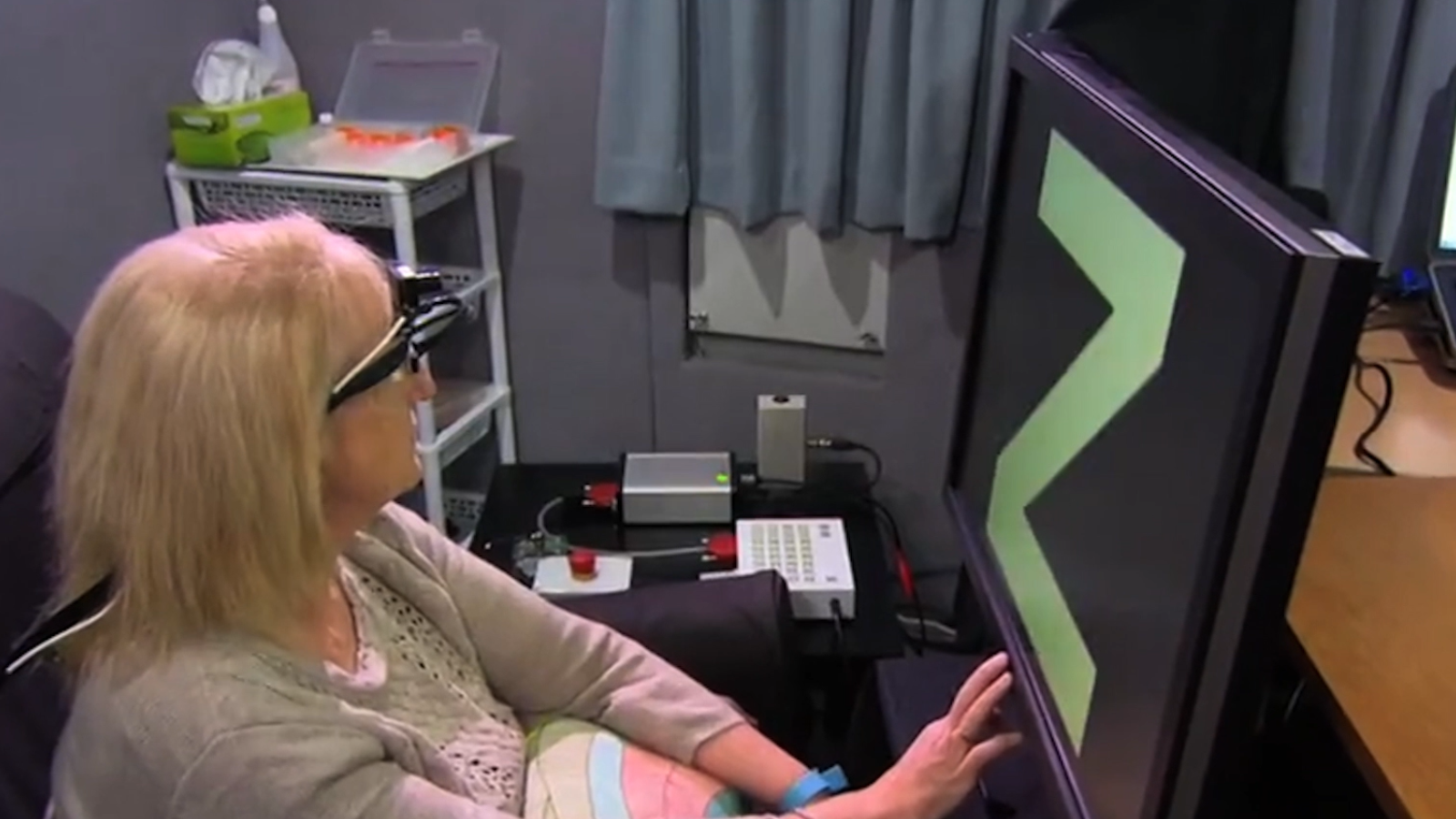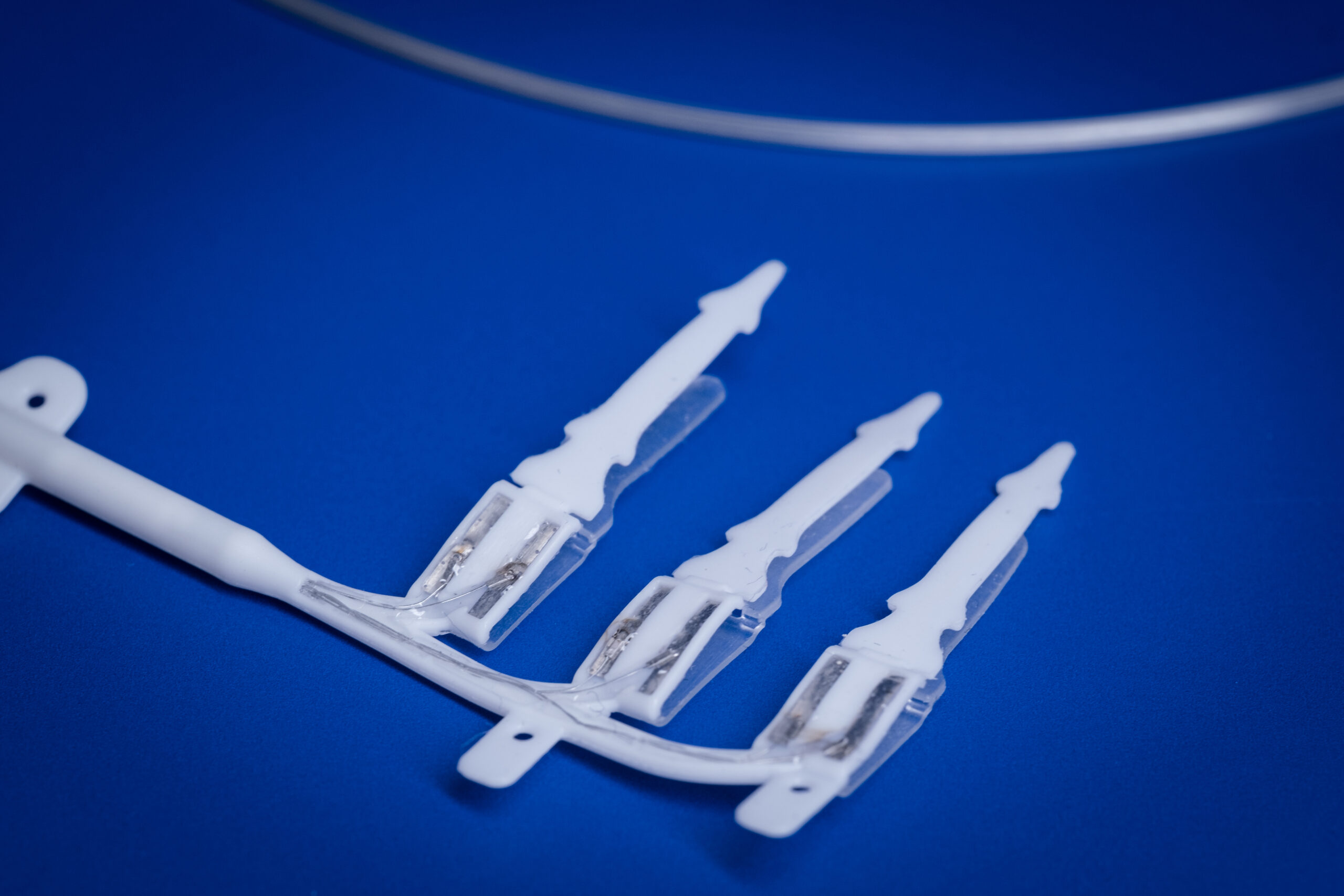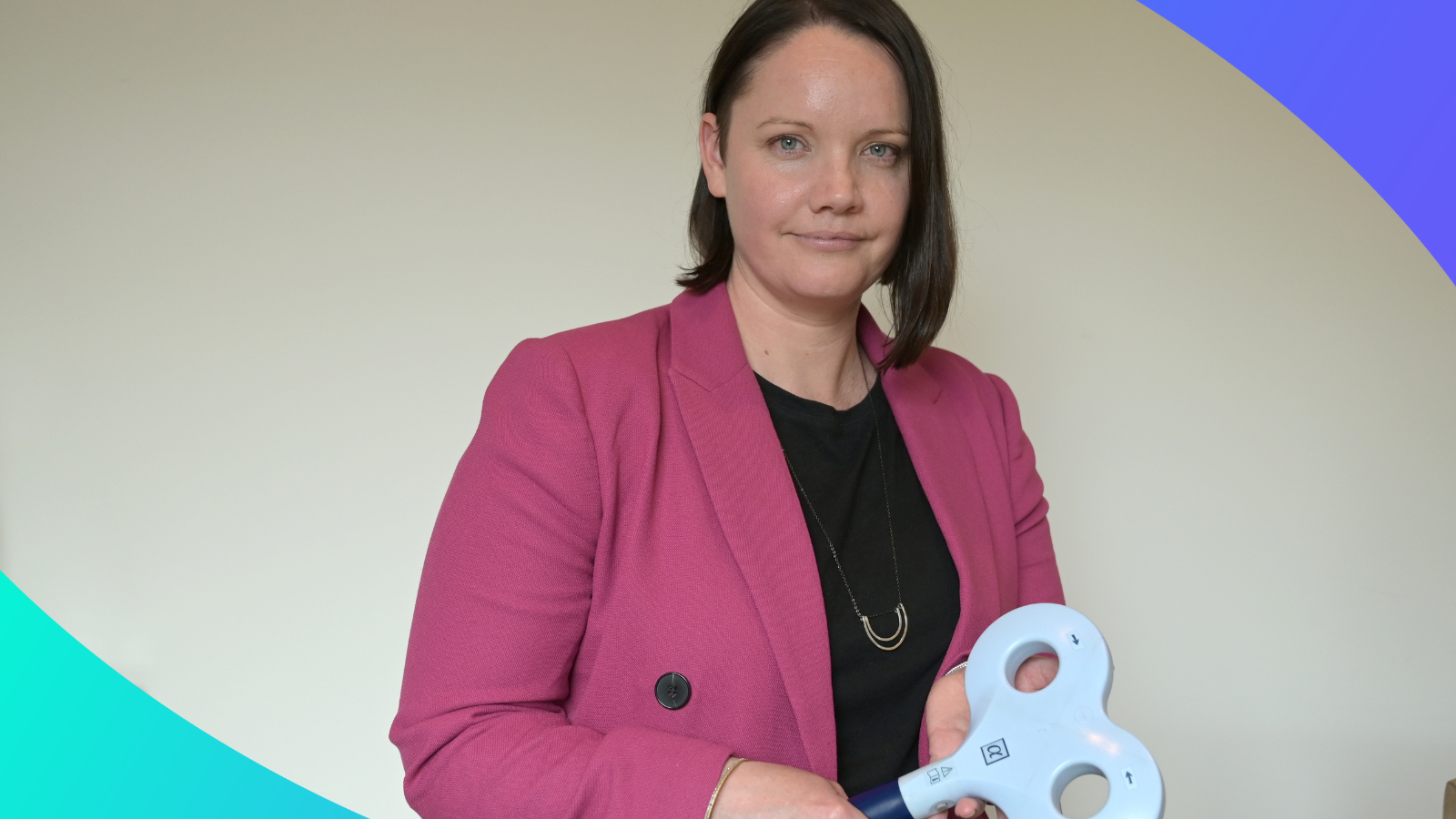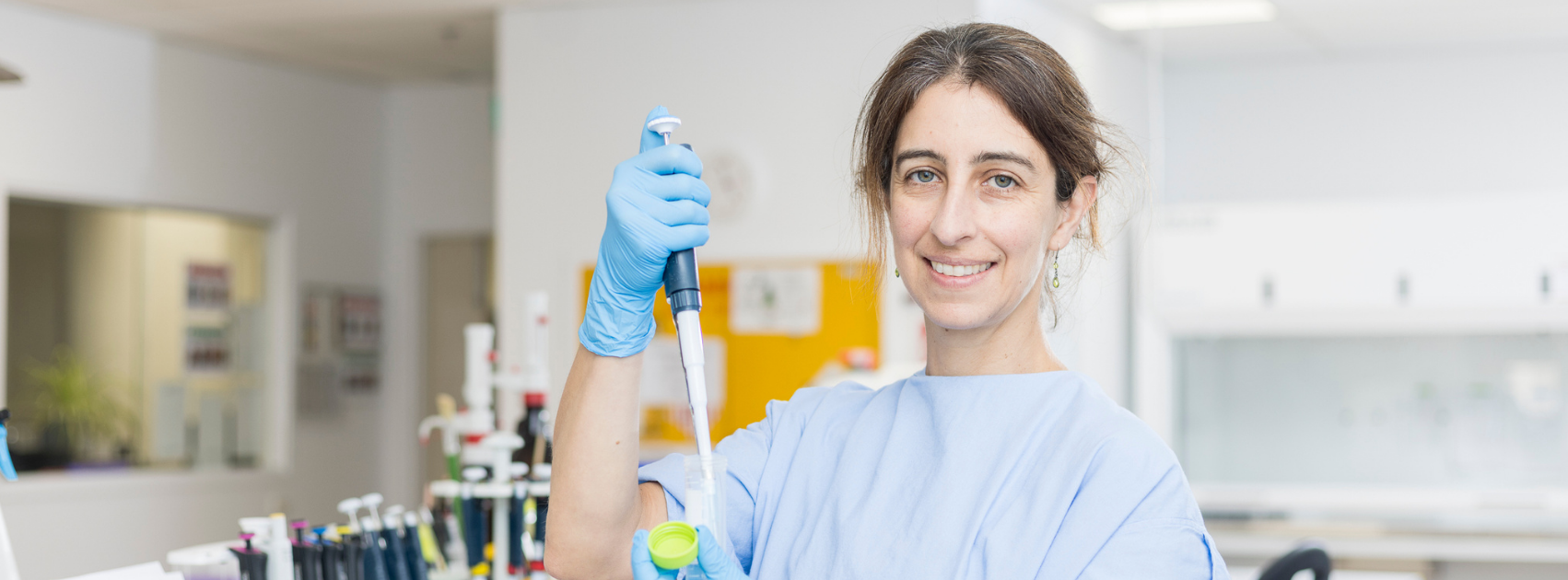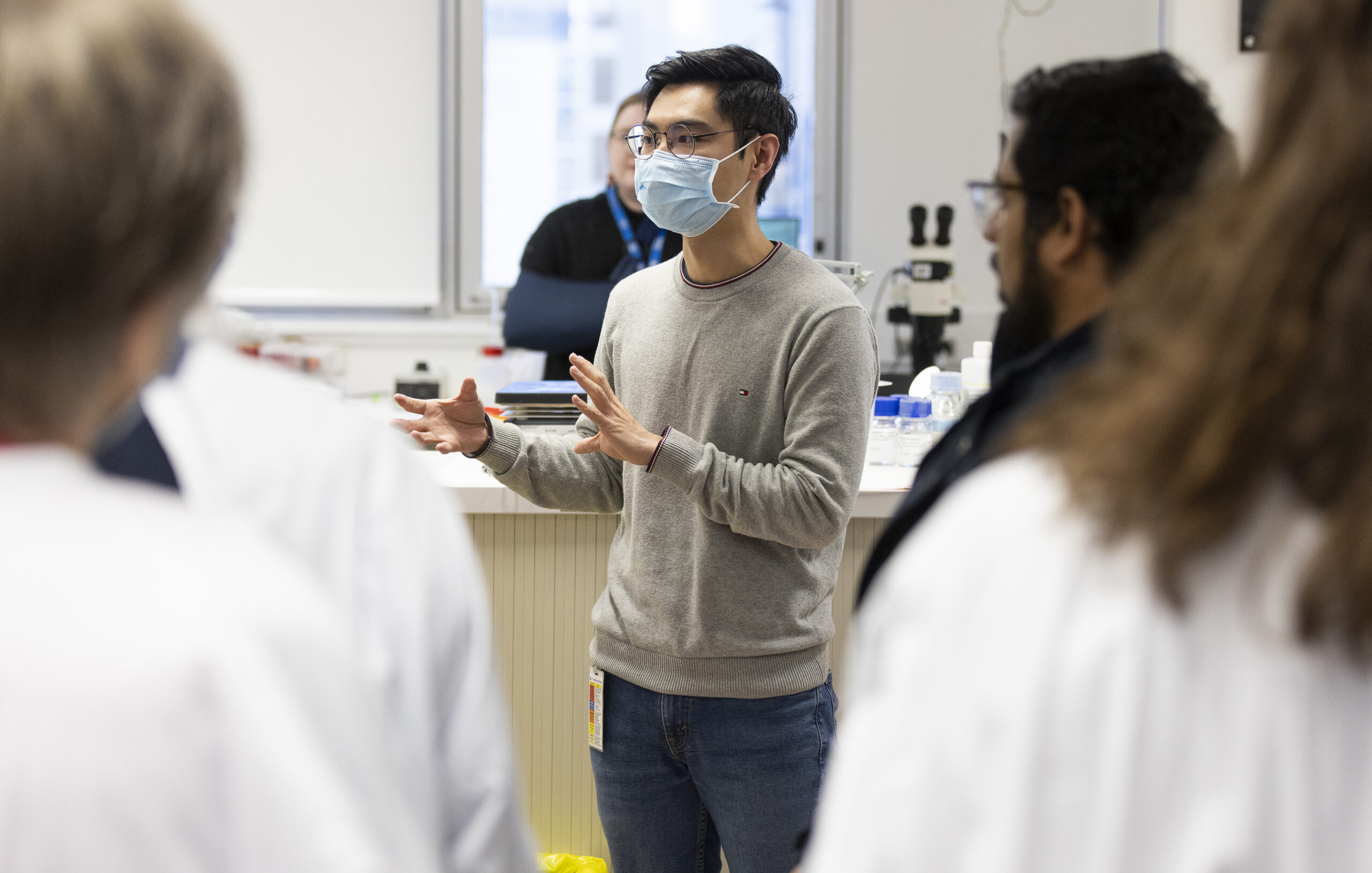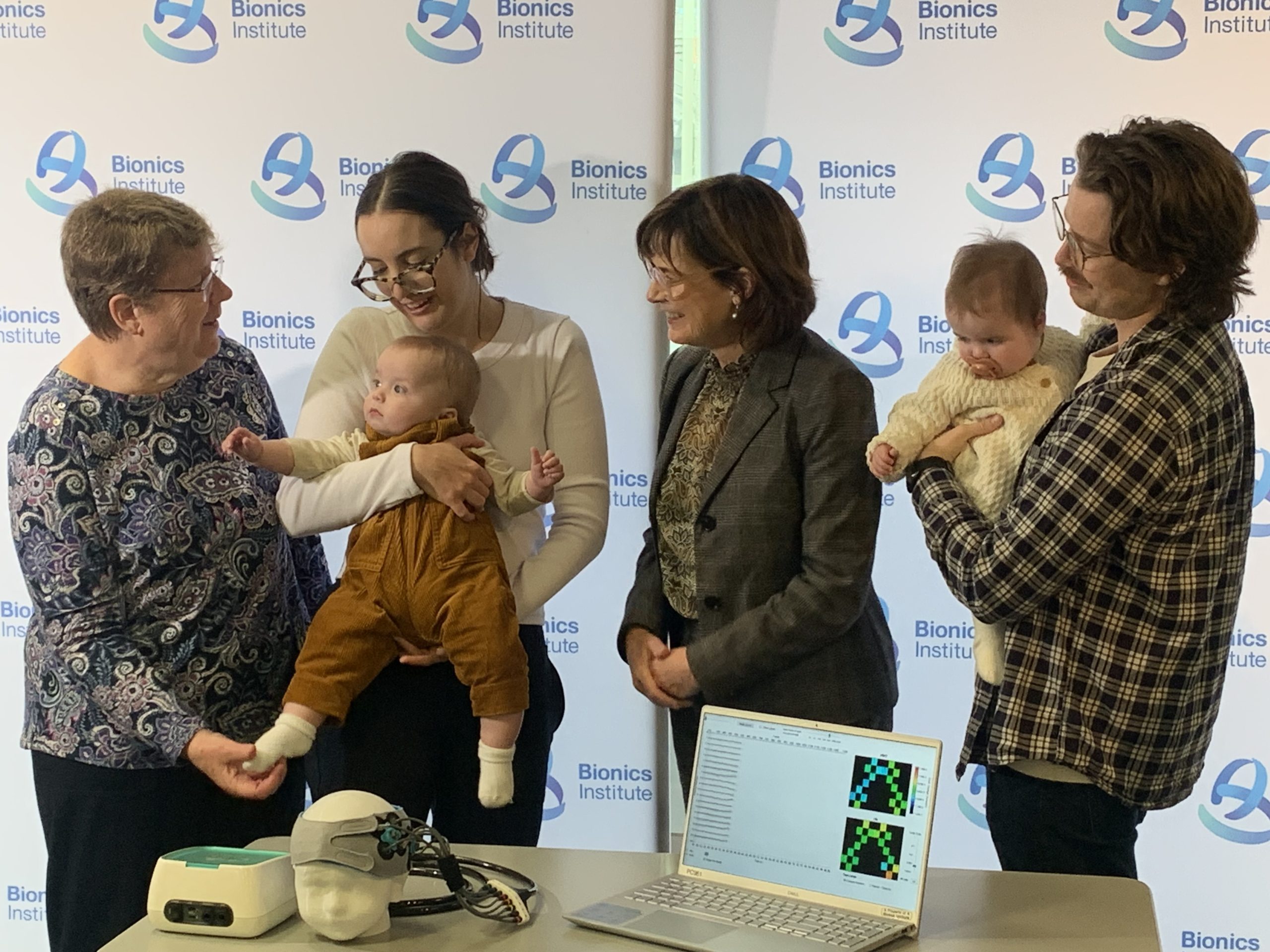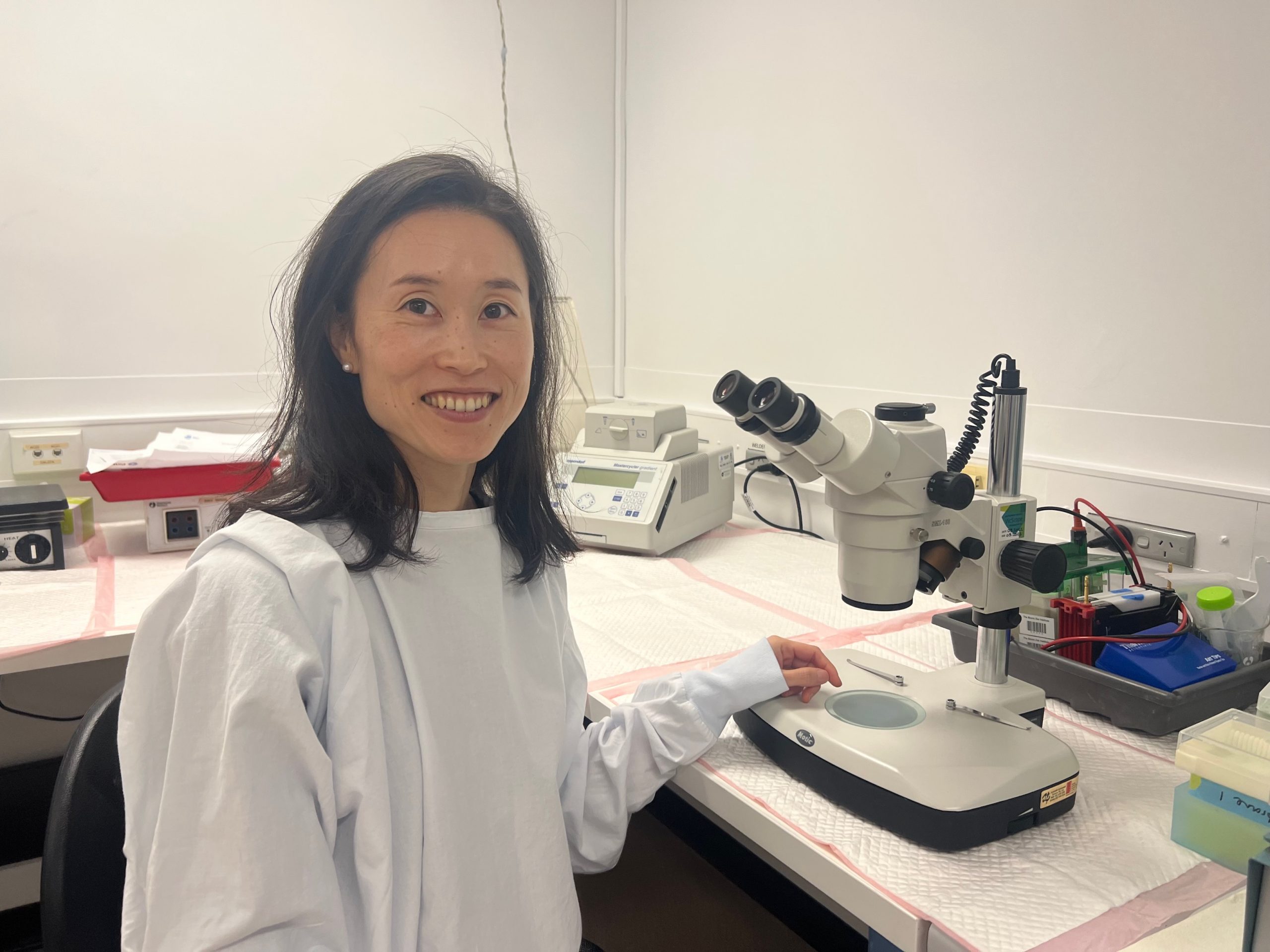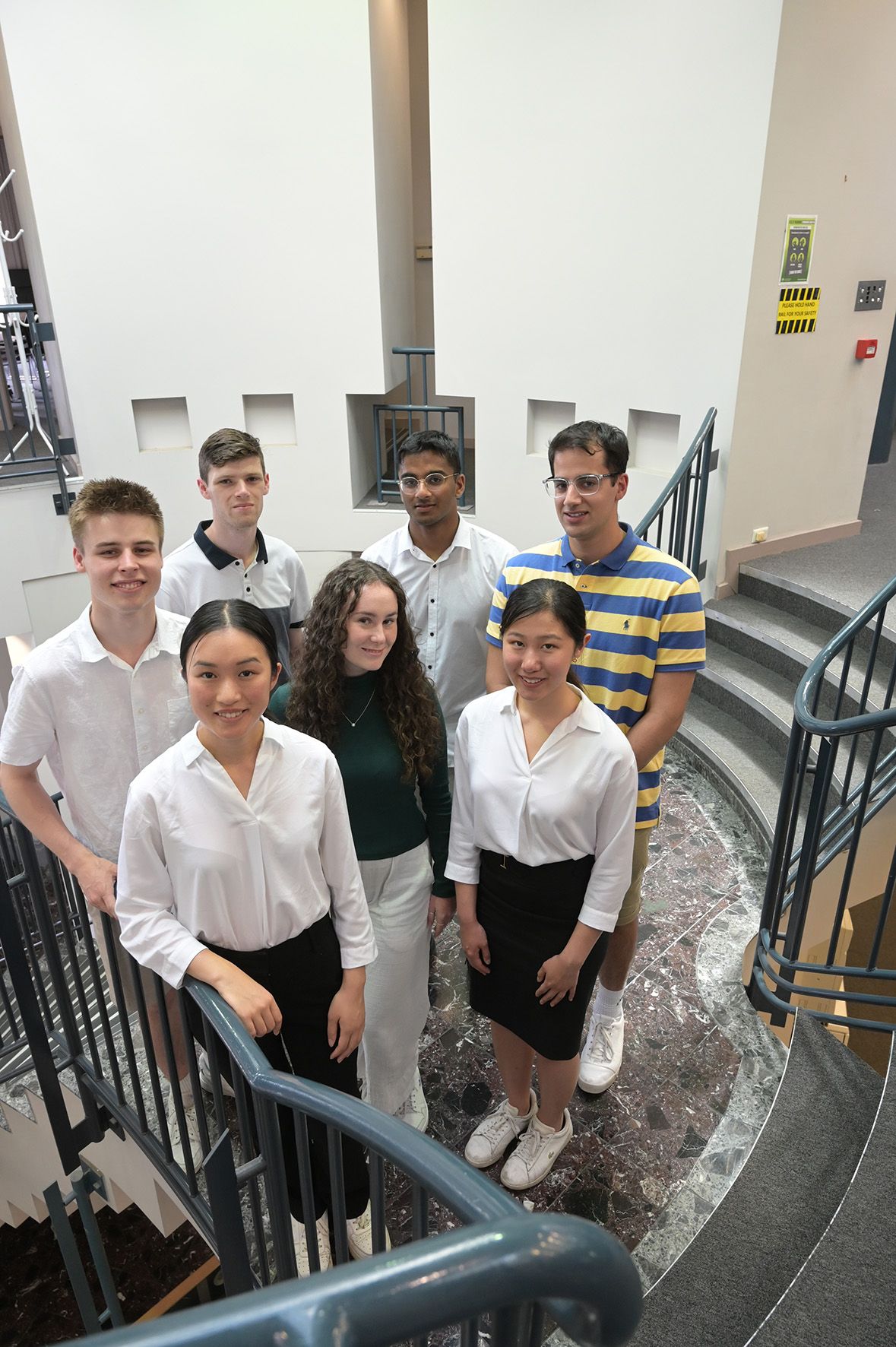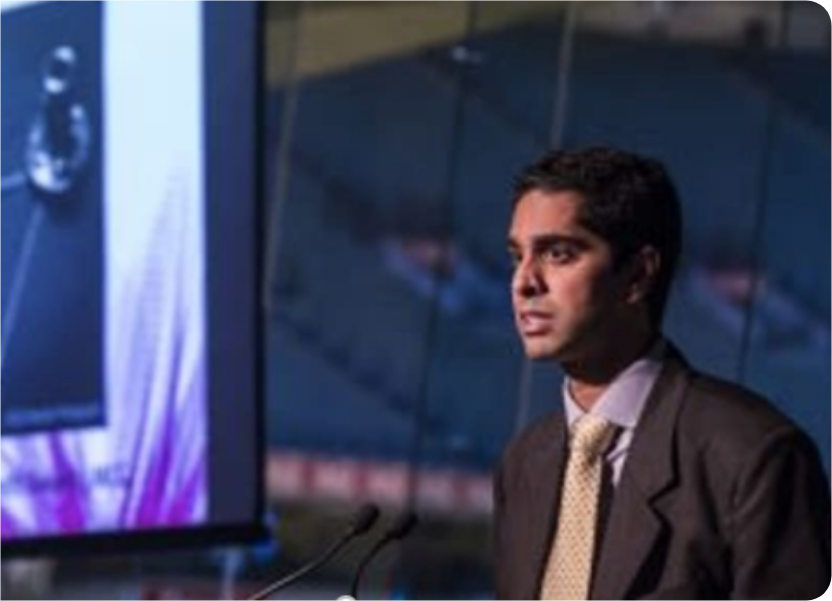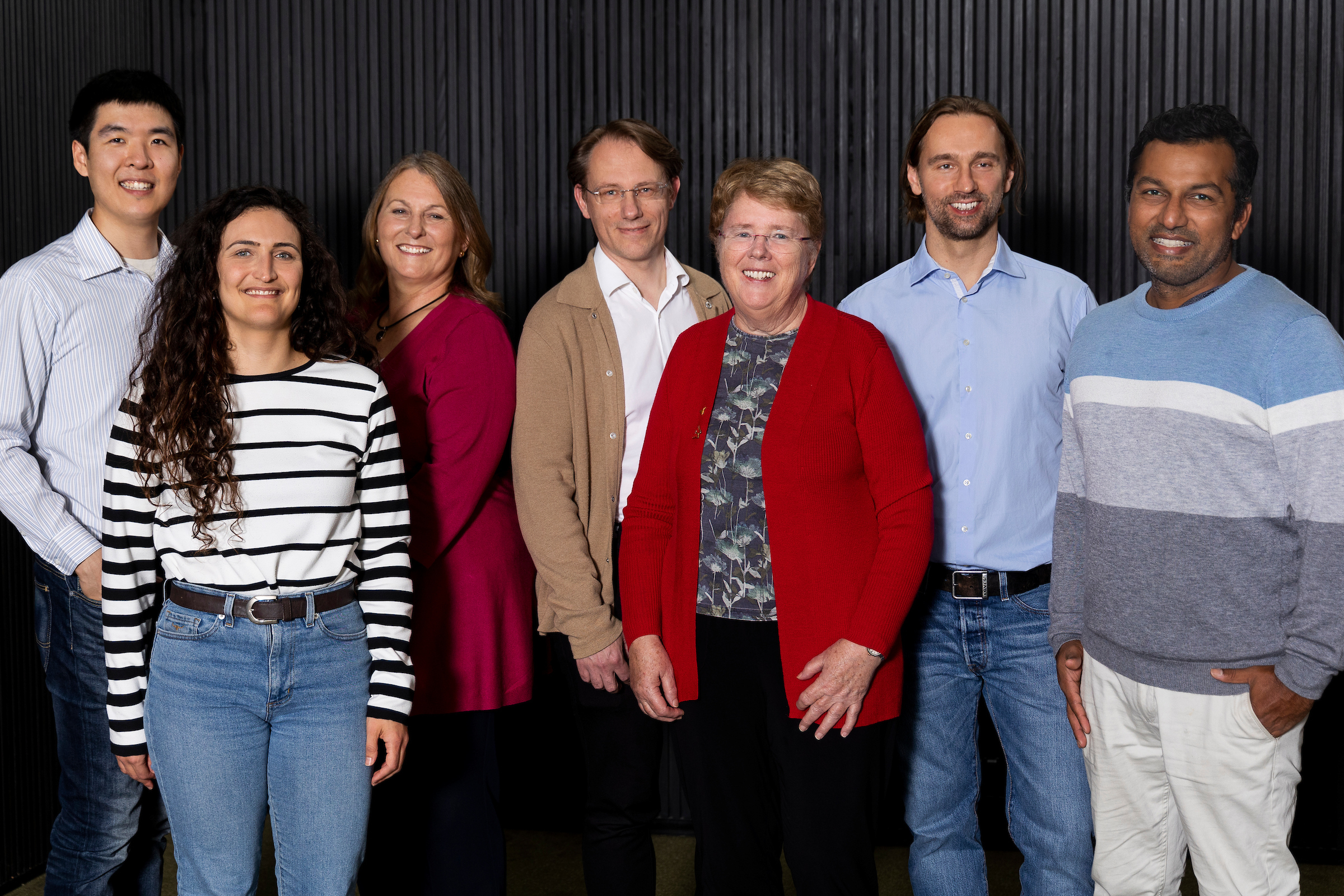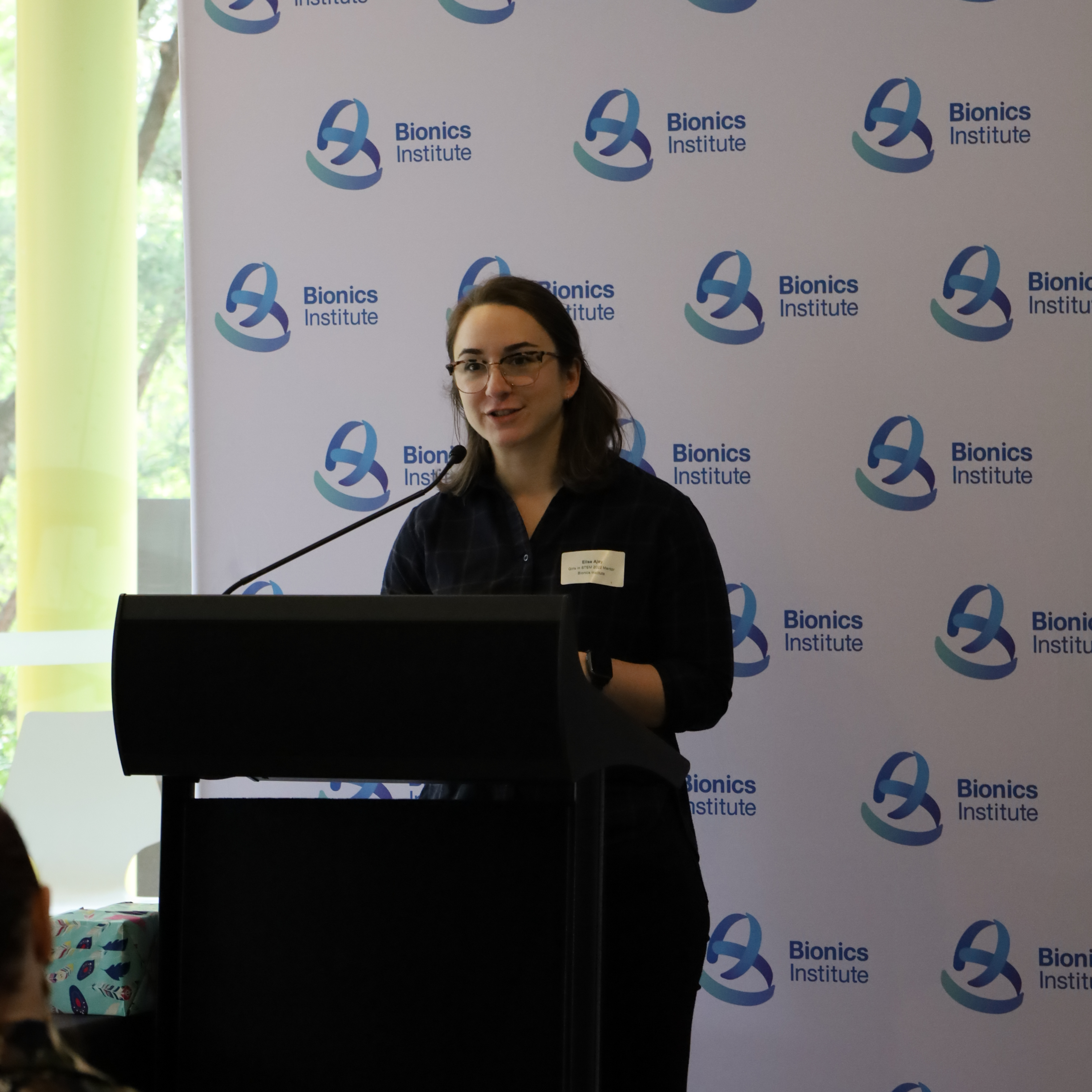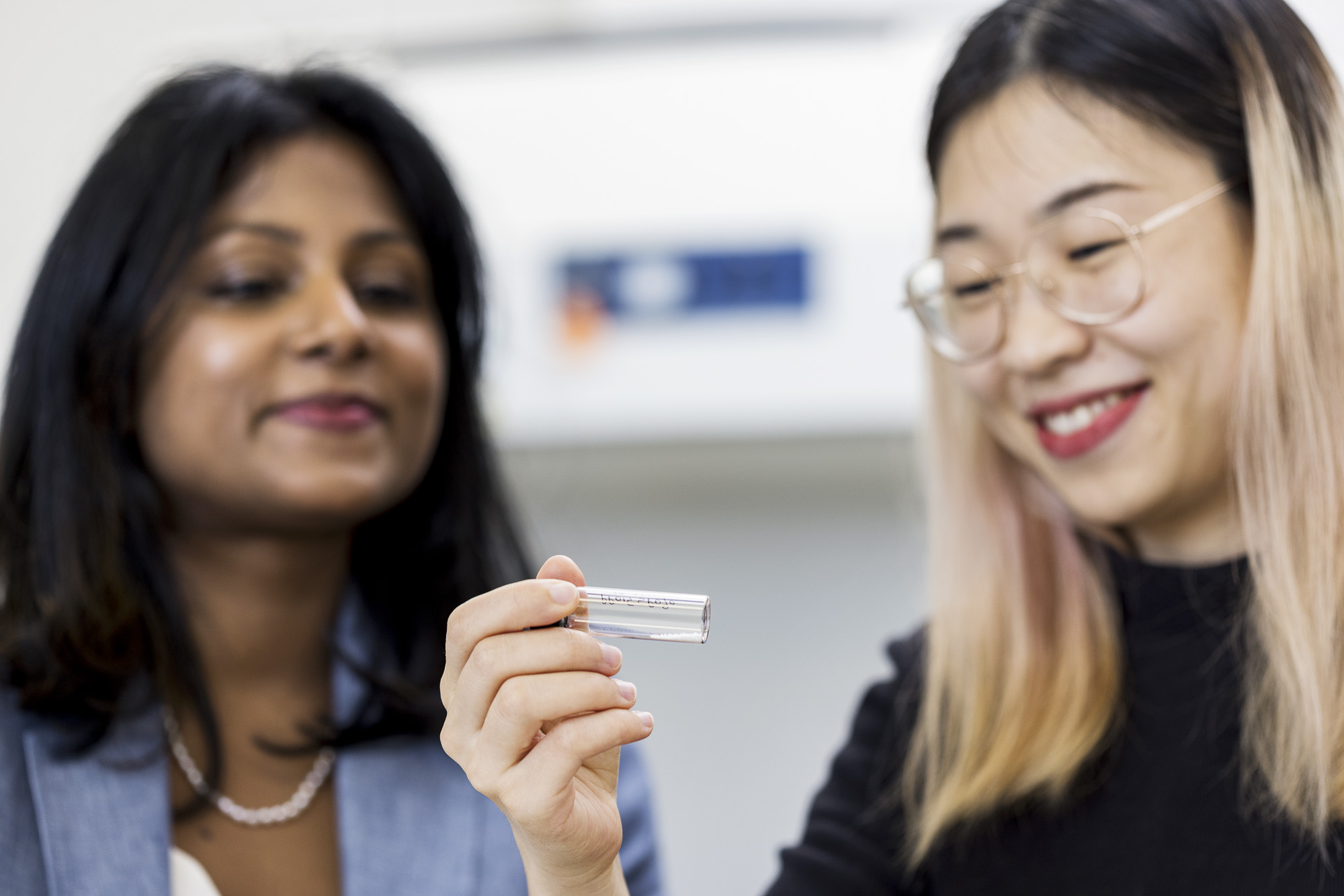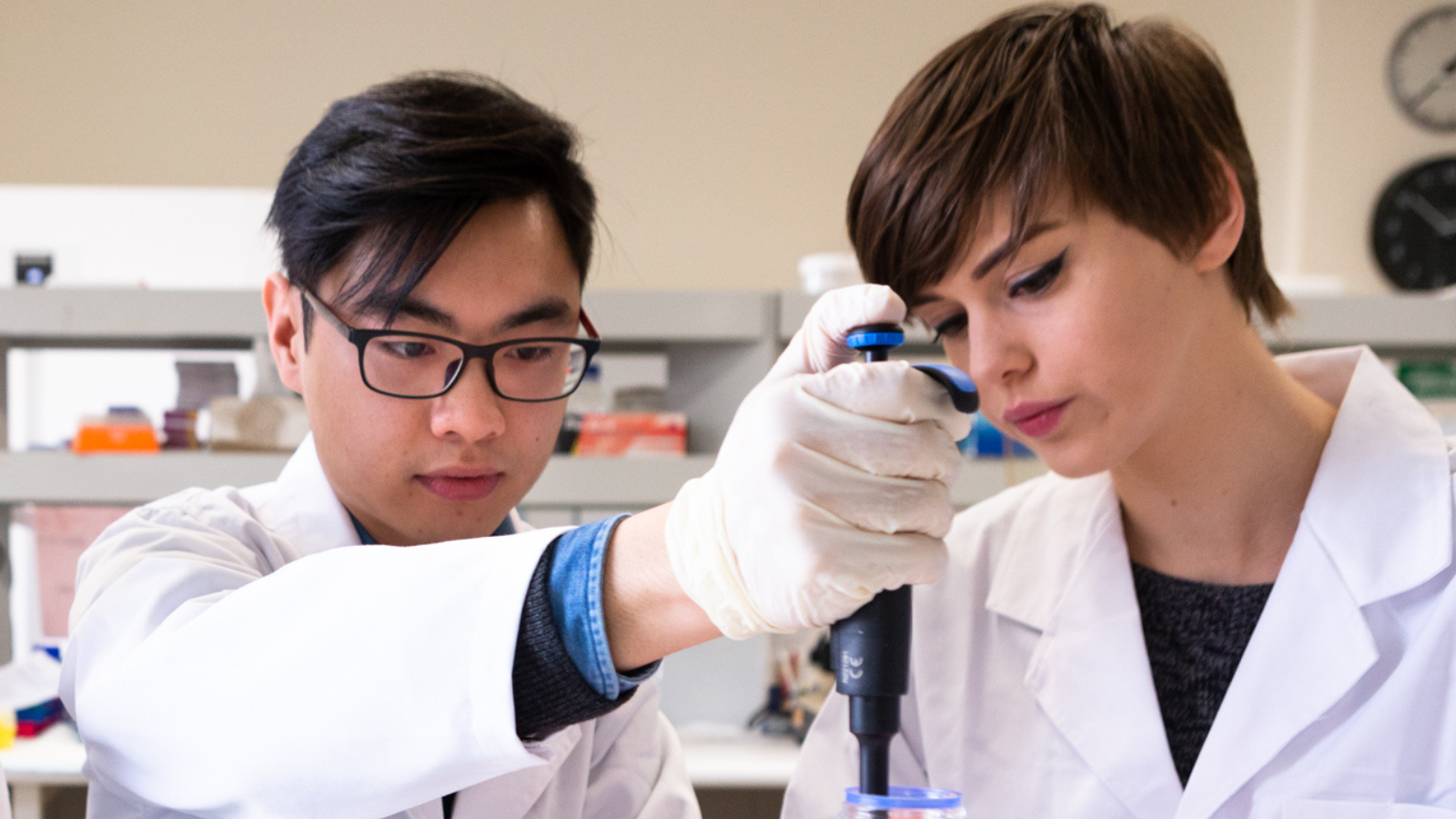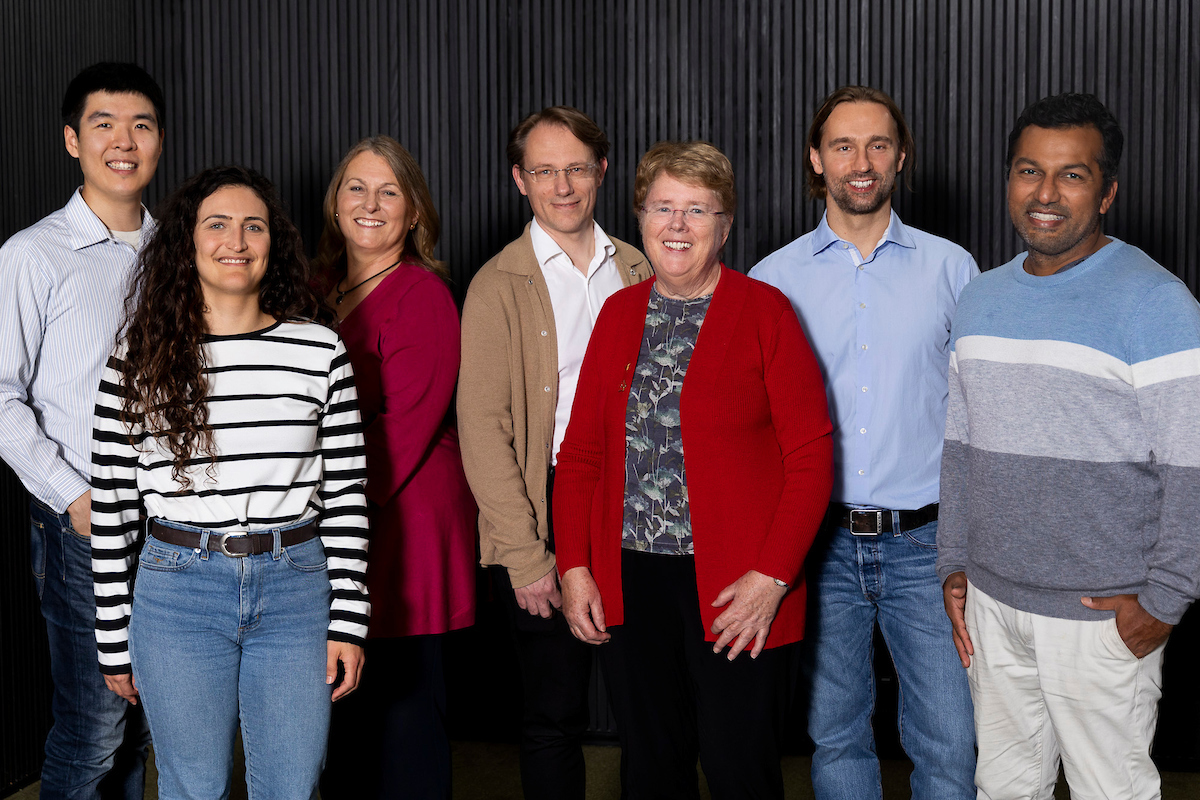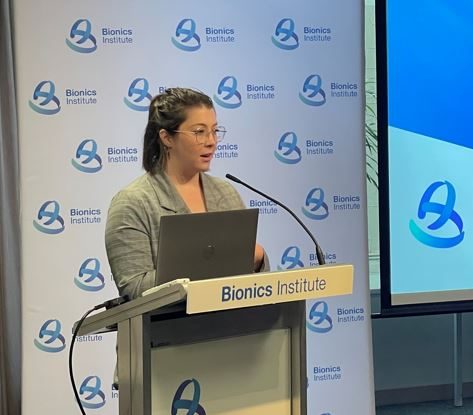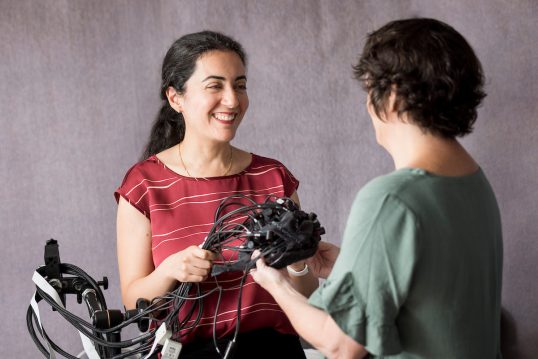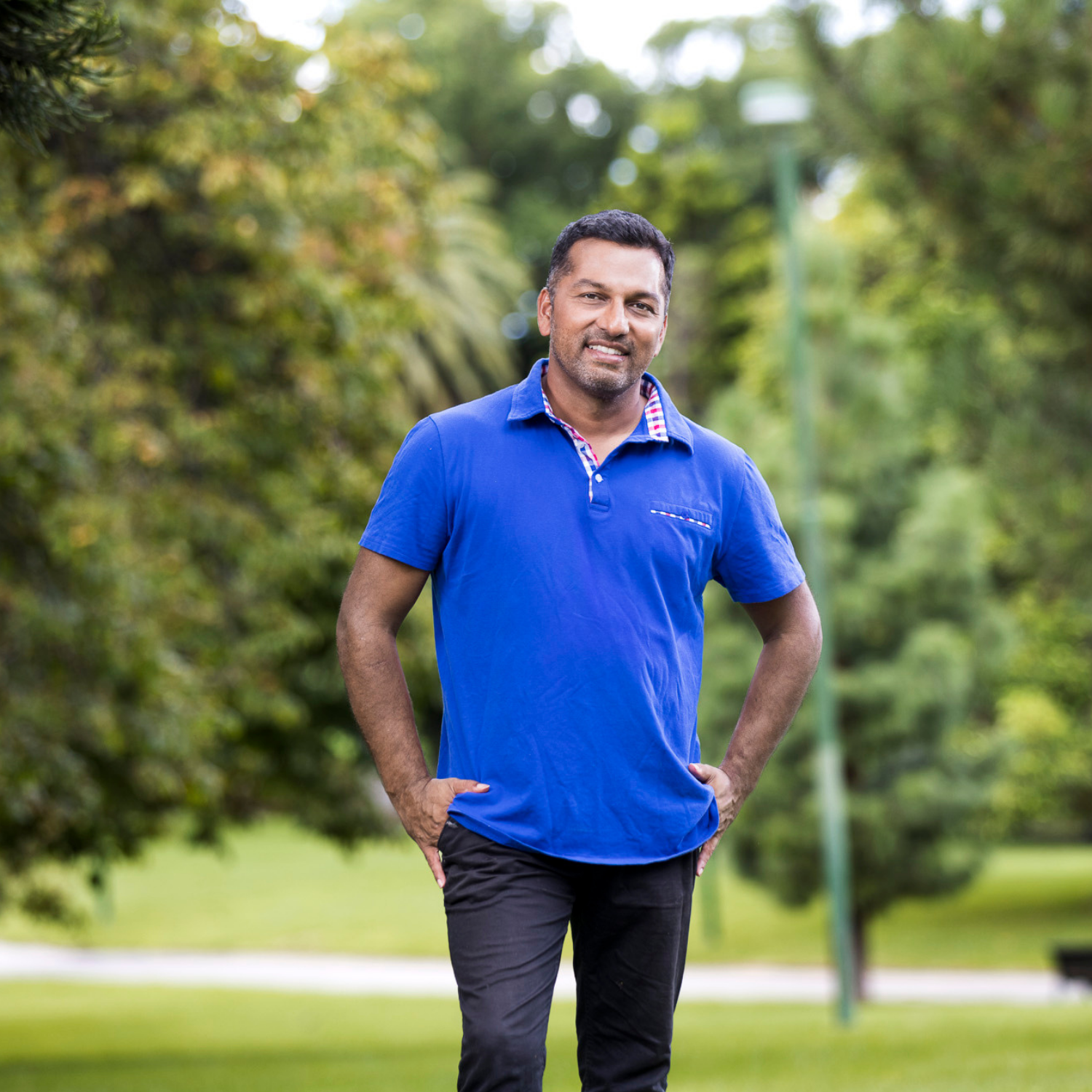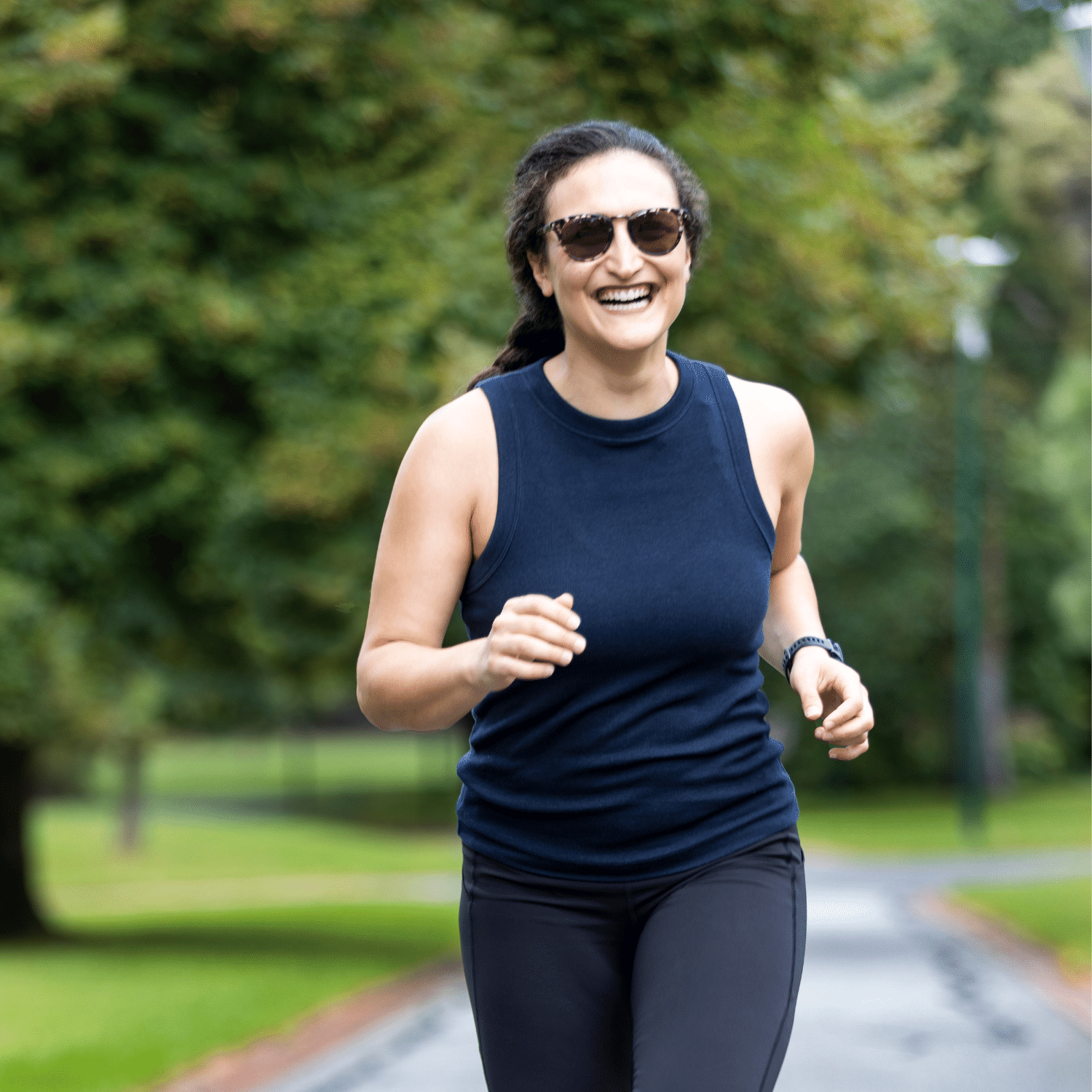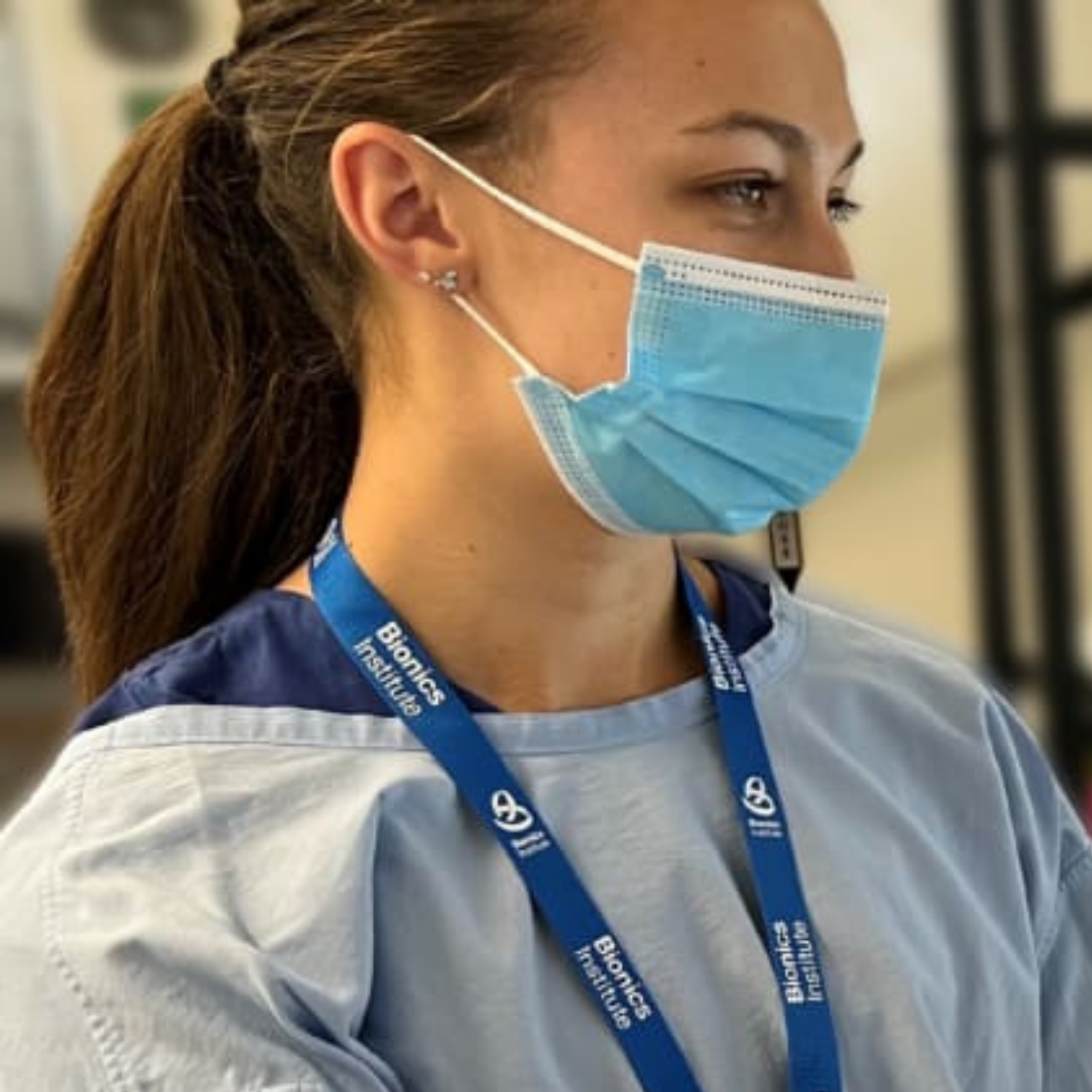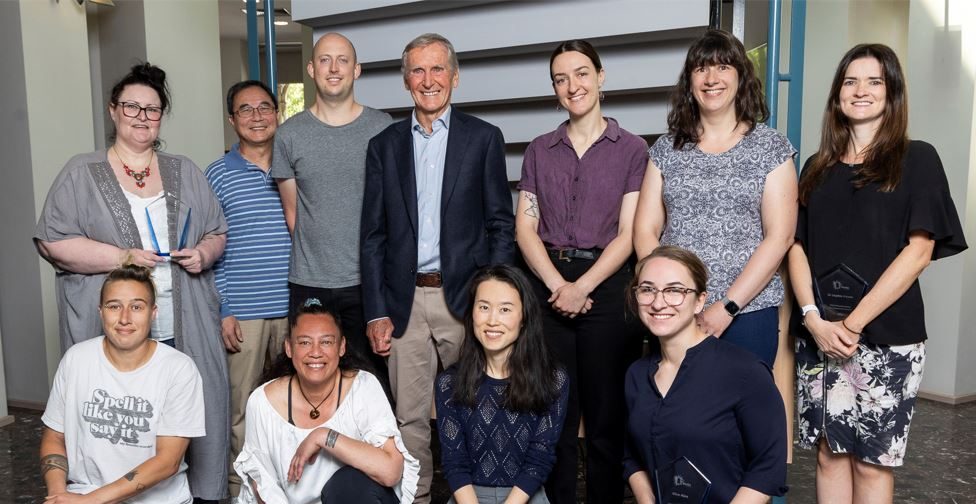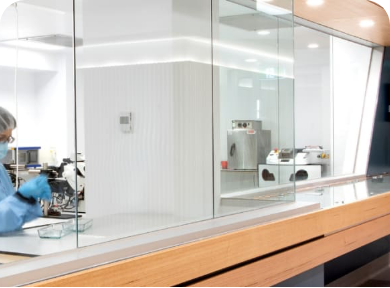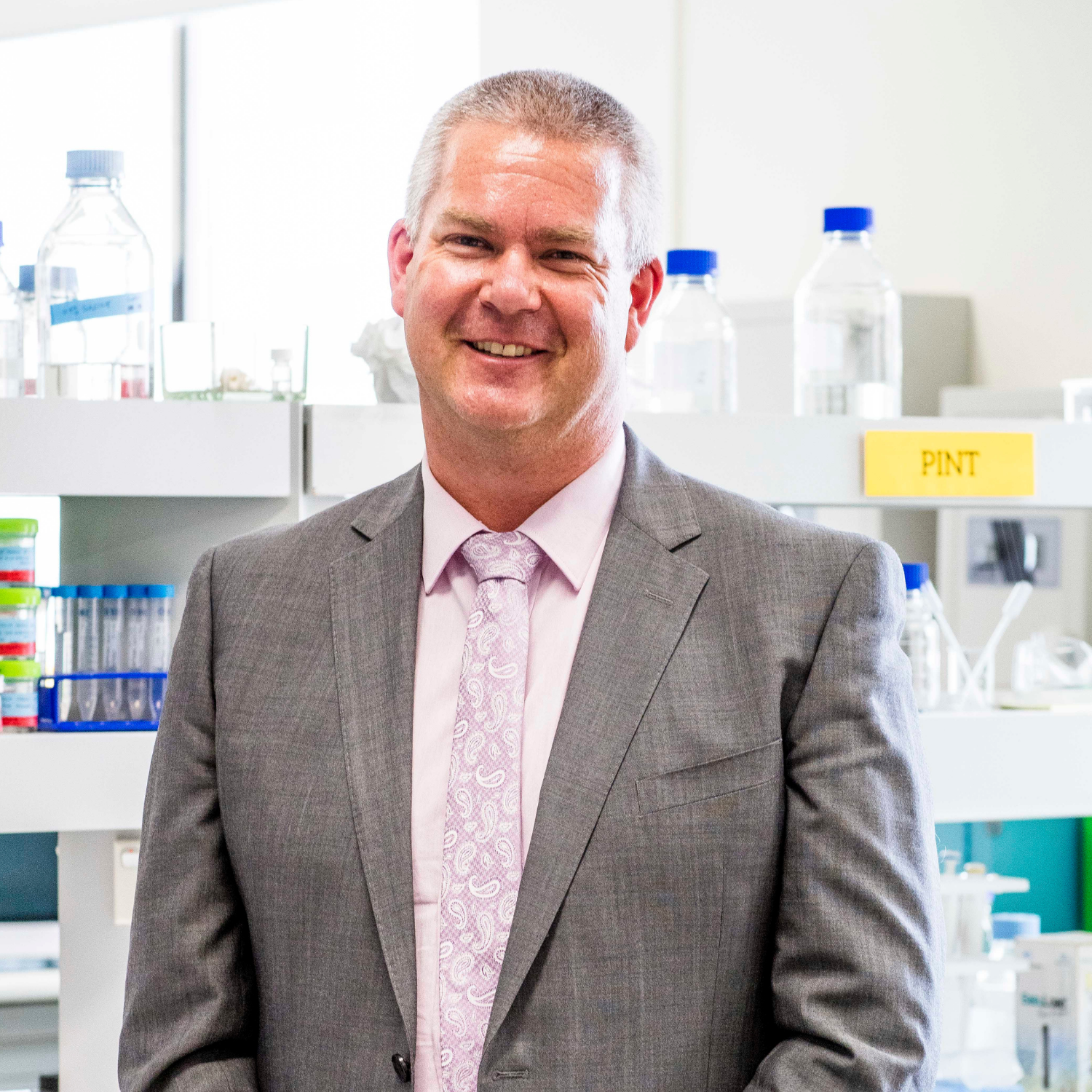Latest News
What’s the connection between jewellery and electrodes?
A ground-breaking diagnostic test under development at the Bionics Institute in Melbourne could pave the way to new treatments for Australians suffering the auditory torment of tinnitus.
It takes unexpected skills to turn medical device research into reality. The highly specialised electro-fabrication team are based at our new prototype manufacturing facility, Neo-Bionica. It houses purpose-built cleanrooms for custom, high-quality medical device development.
What are electrodes for?
Engineer, Ross Thomas says that electrodes are a key element of medical devices developed at the Bionics Institute. He said: “In many medical devices, electrodes are essential for gathering data and providing treatments. Electrical impulses generated by implanted electrodes mimic impulses of the nervous system. This allows a device to bypass damage (as is the case in cochlear implants) or stimulate nerve activity (as is the case in our vagus nerve device).”
It’s a team effort
The electro-fabrication team make electrodes for a wide range of medical device research projects.
Working alongside Bionics Institute engineers and researchers they provide expert advice in the design and manufacture of devices to ensure that they will be safe to implant in a human body.
“We turn the design concepts into the initial prototype implants that meet the requirements of specific research problems, so that researchers can execute their projects,” Ross concluded.
How are they made?
Making electrodes is an incredibly intricate and manual process completed using a high precision microscope. The electro-fabrication team are often handling wires that are just a quarter the diameter of a human hair!
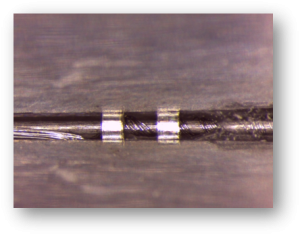
An electrode shown under a microscope. Each ring is 0.3mm wide
Electro-fabrication technician, Jenny Zhou says the team assemble the electrodes manually using platinum wires, rings and foils.
She said: “For this reason patience is critical for us to sit down and work for a few hours under microscope.”
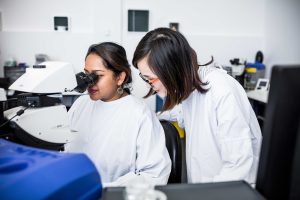
Making an electrode implant using a high-powered microscope
A varied team
Our electro-fabrication team have come from a diverse range of backgrounds. From microbiology and jewellery to a master cake baker! Ross says: “What they all have in common is an incredibly steady hand, lots of patience and a desire to contribute to new treatments that can help people.”
Every implant is different
ach research project is different and being able to make custom implants designed specifically for each purpose is essential to getting the best possible results. This means the electro-fabrication team are continually refining and perfecting all the elements of an electrode implant to improve its efficiency and the quality of data it collects. This includes size, shape, materials, and the number of electrodes included, which can range from 4 in the vagus nerve device to 44 in the bionic eye!
Neo-Bionica creates new opportunity
Neo-Bionica is an end-to-end medical device prototype development facility. The first and only facility in Australia with the bioengineering expertise and cleanroom technology required to create first-in-human prototypes for clinical trials, Neo-Bionica is a joint initiative of the Bionics Institute and The University of Melbourne. Located in St Vincent’s Hospital in Melbourne, Neo-Bionica provides access to the full range of medical device prototype manufacturing from initial concept through to clinical testing
